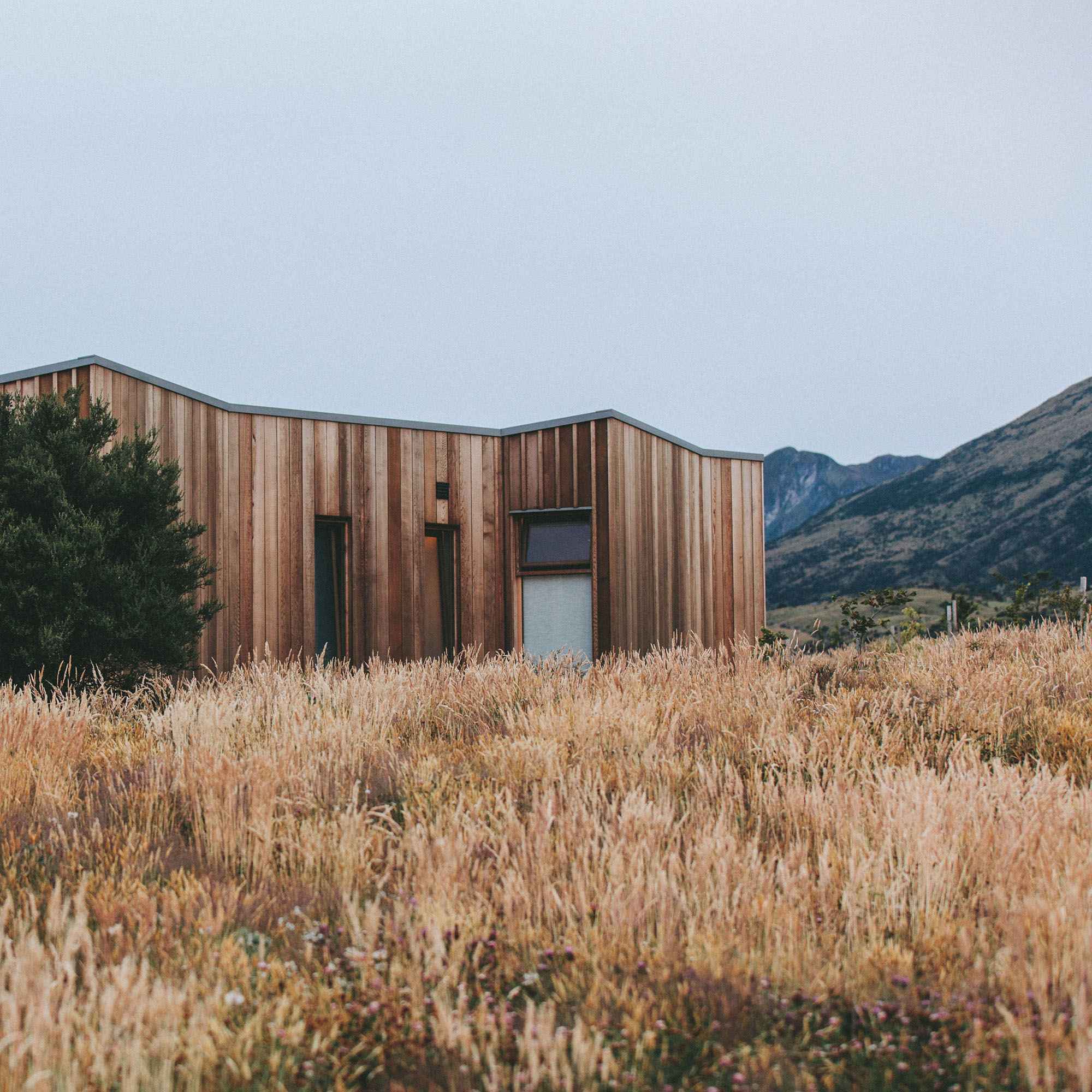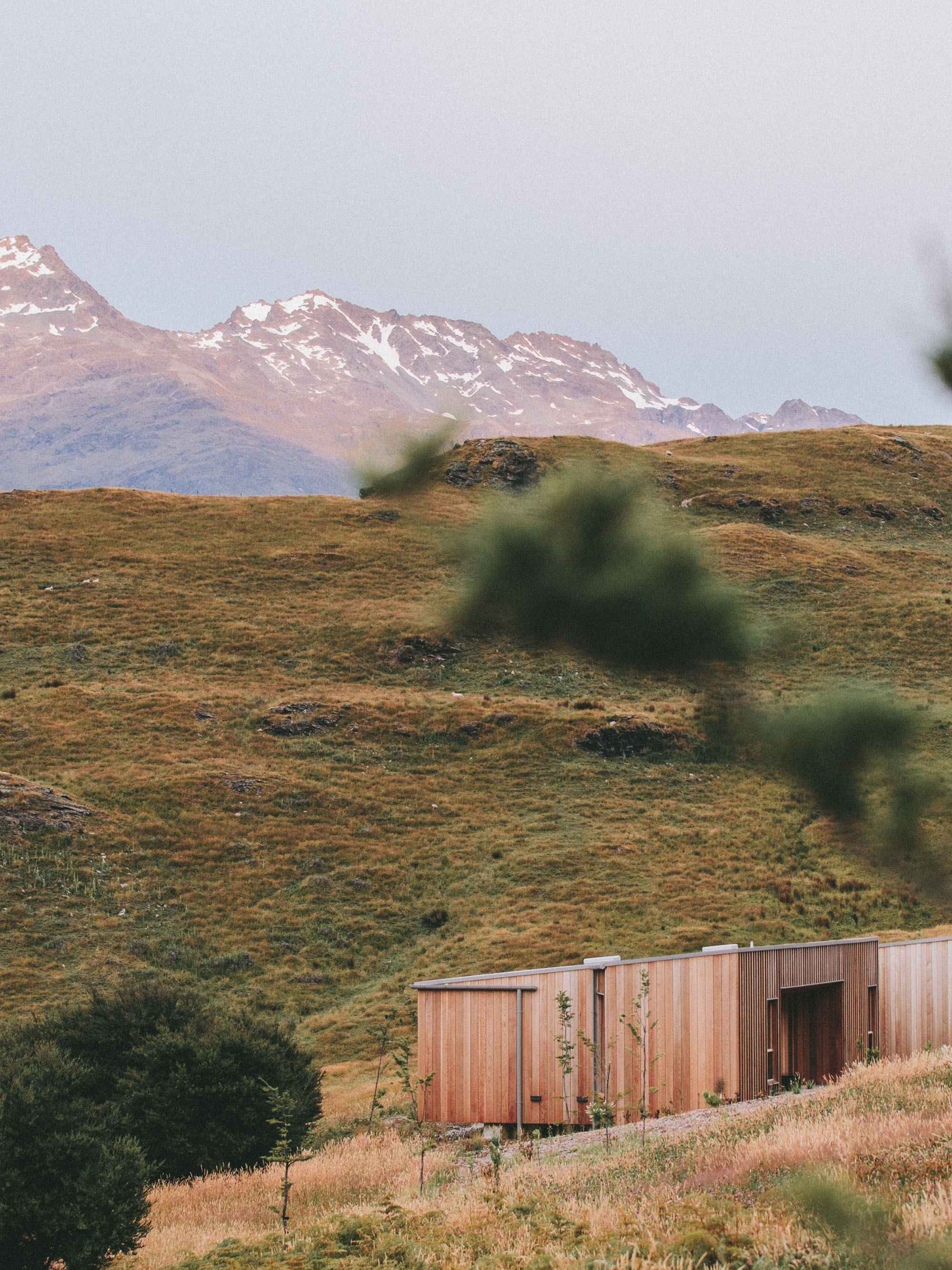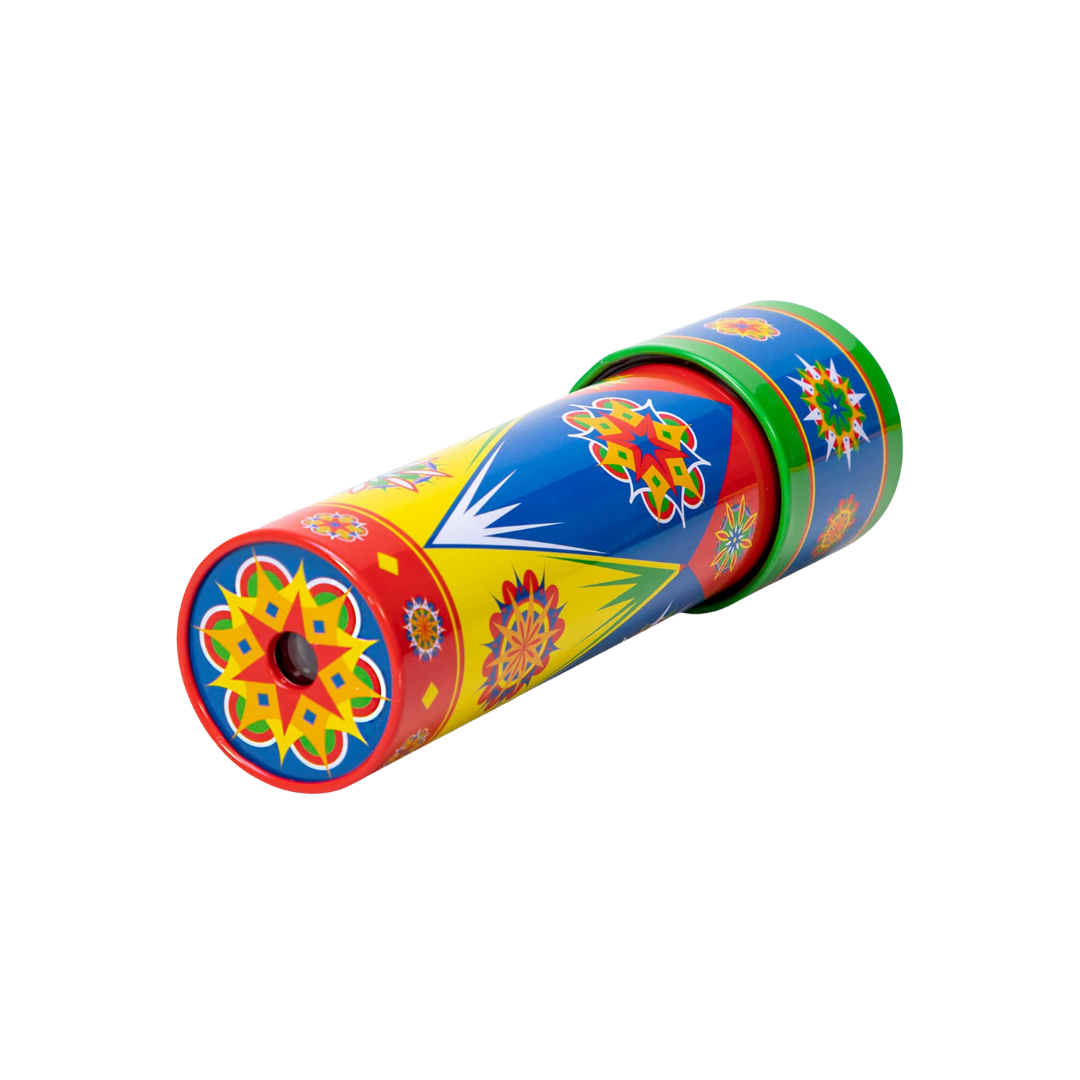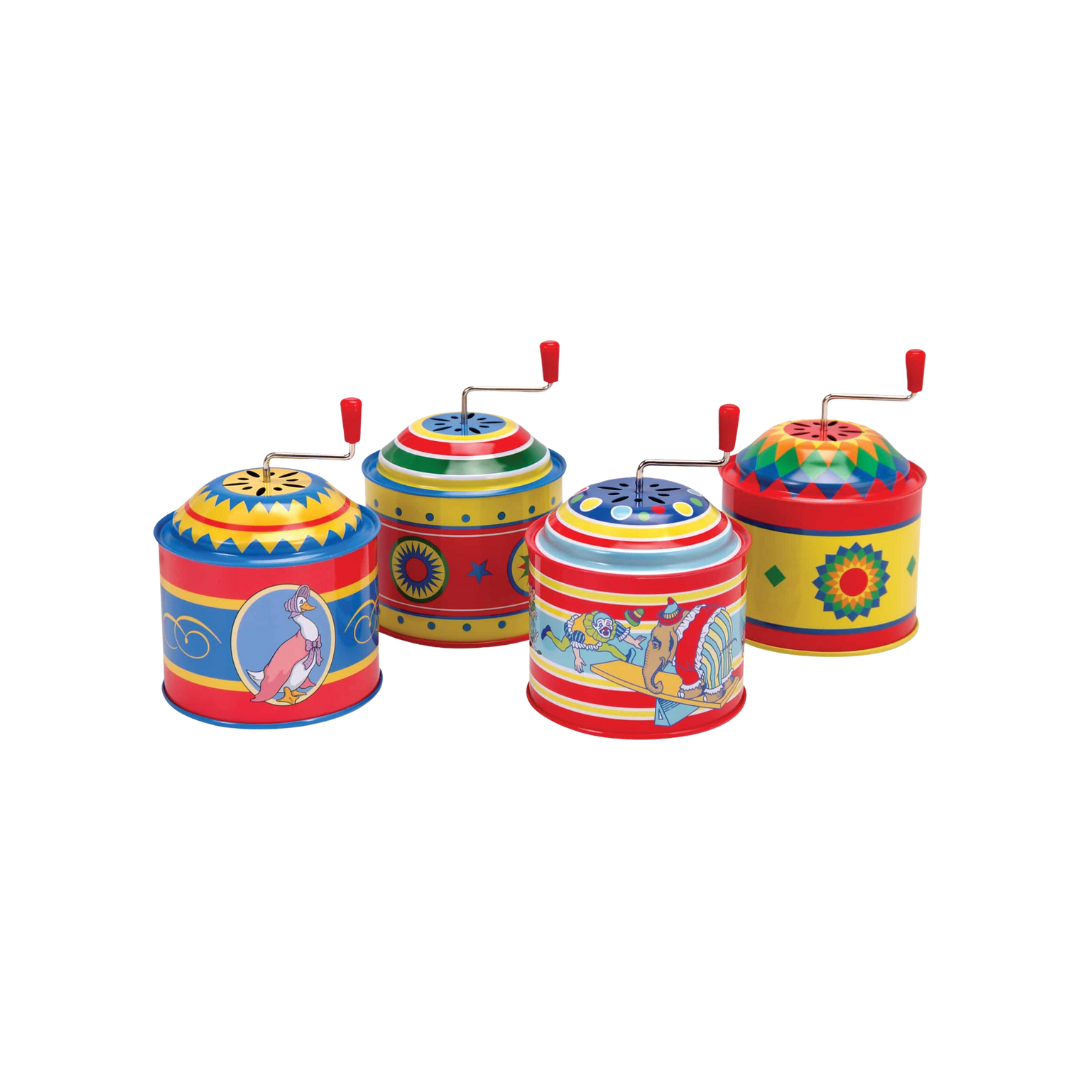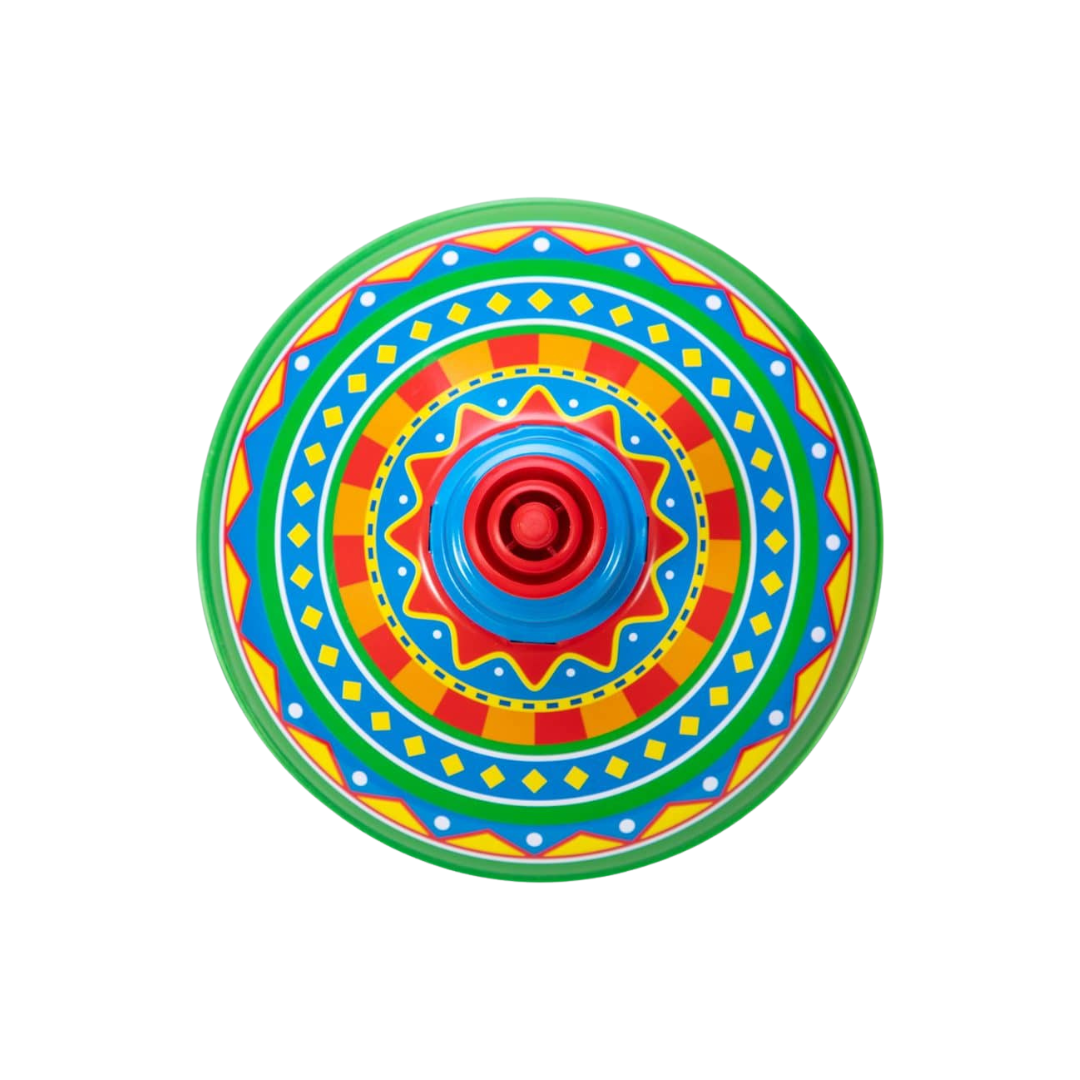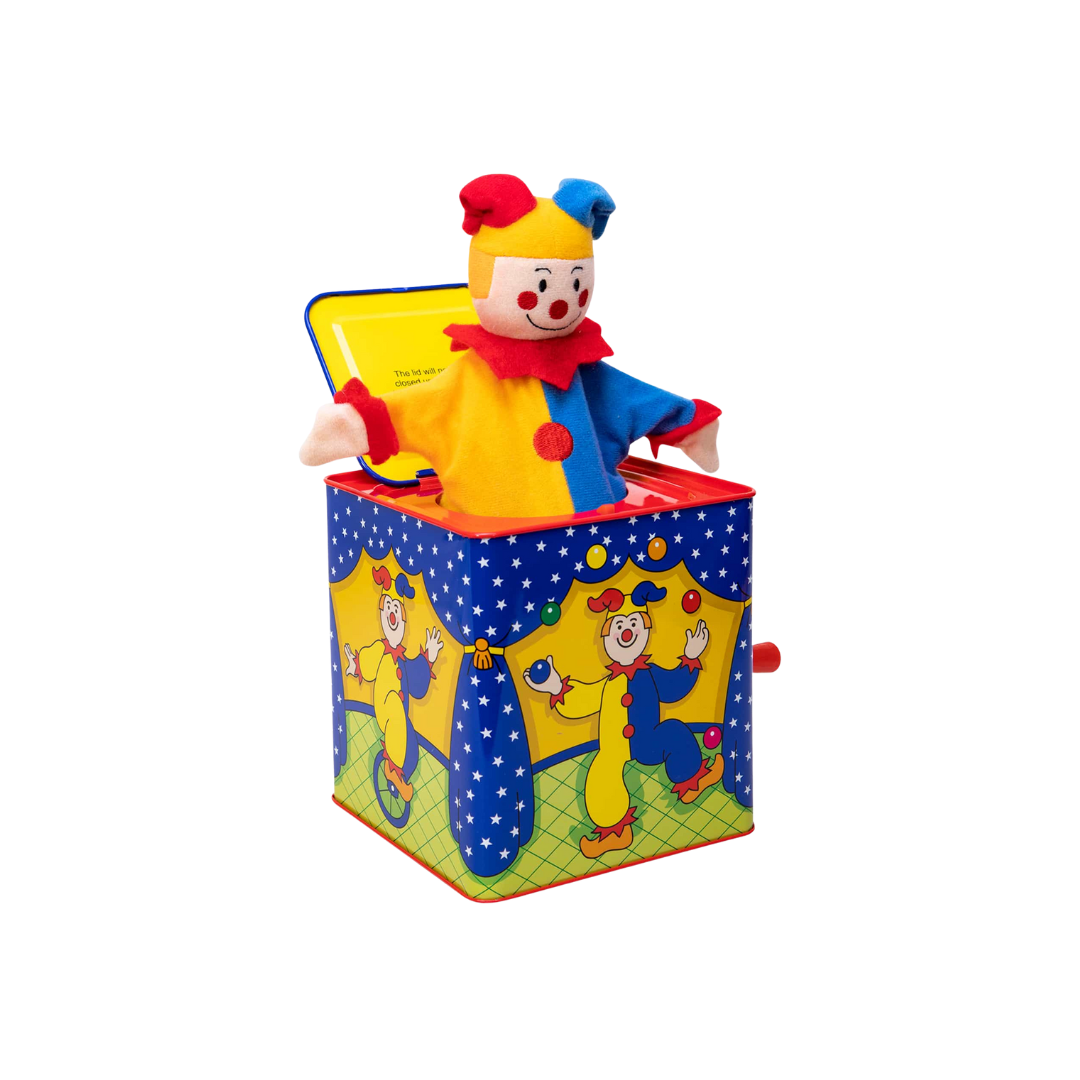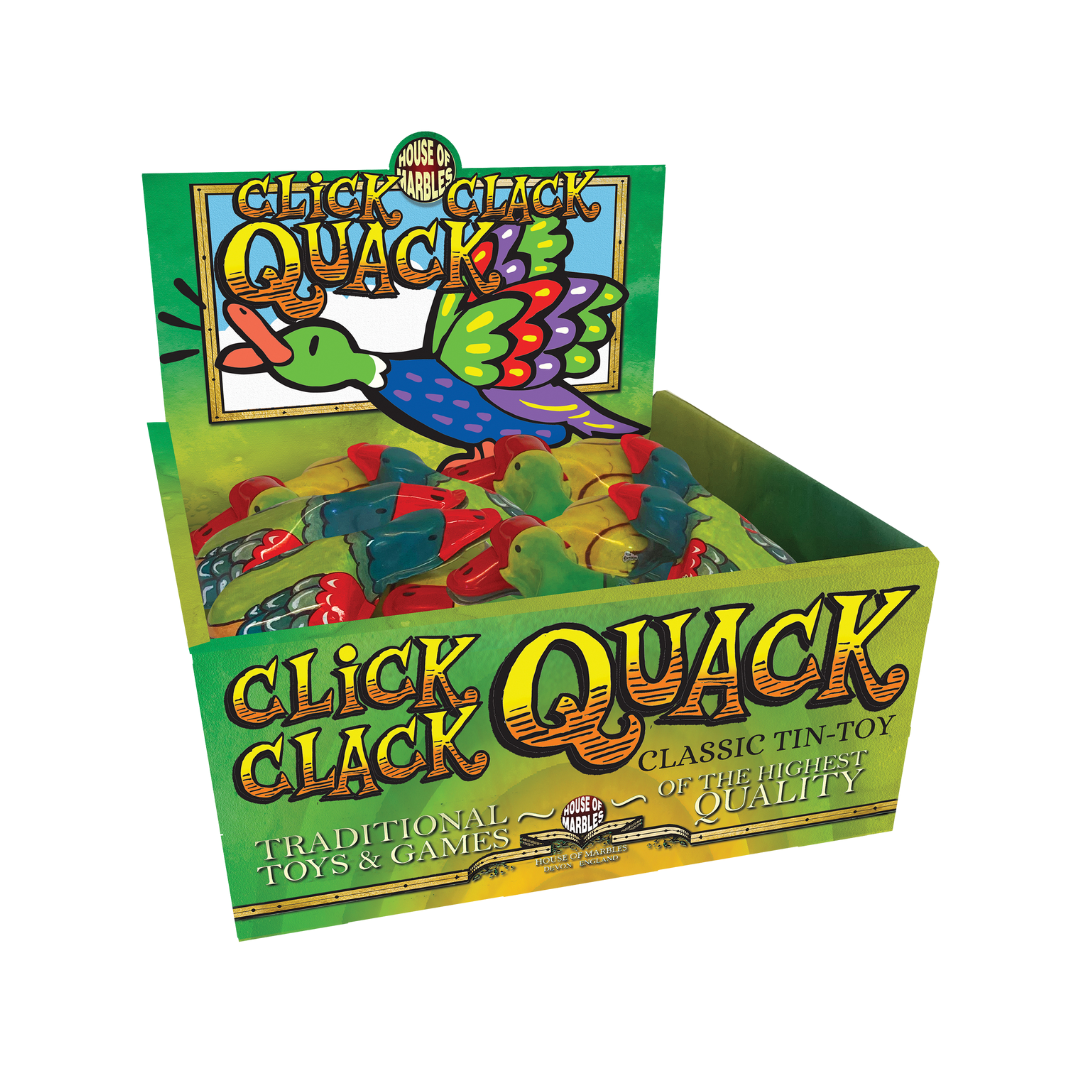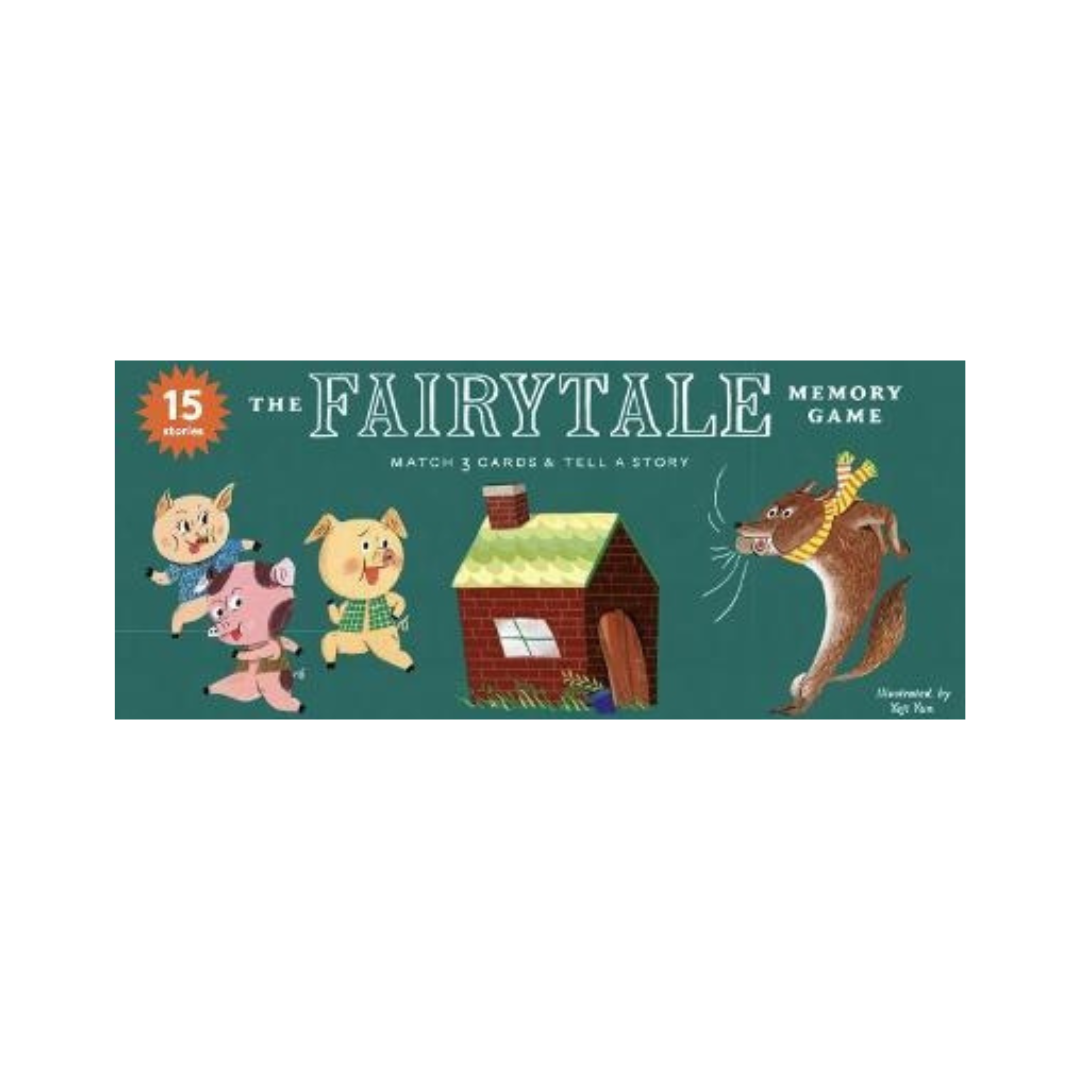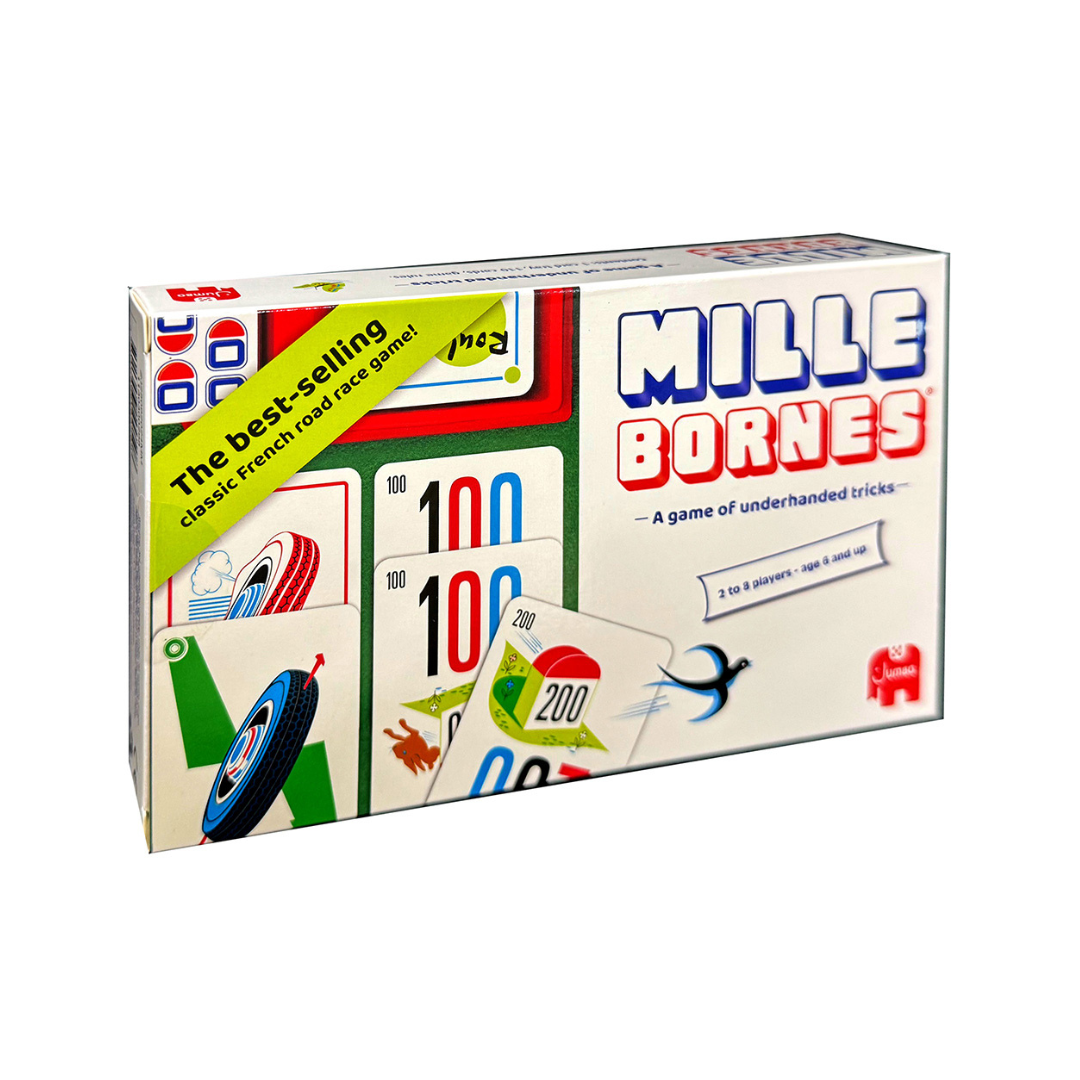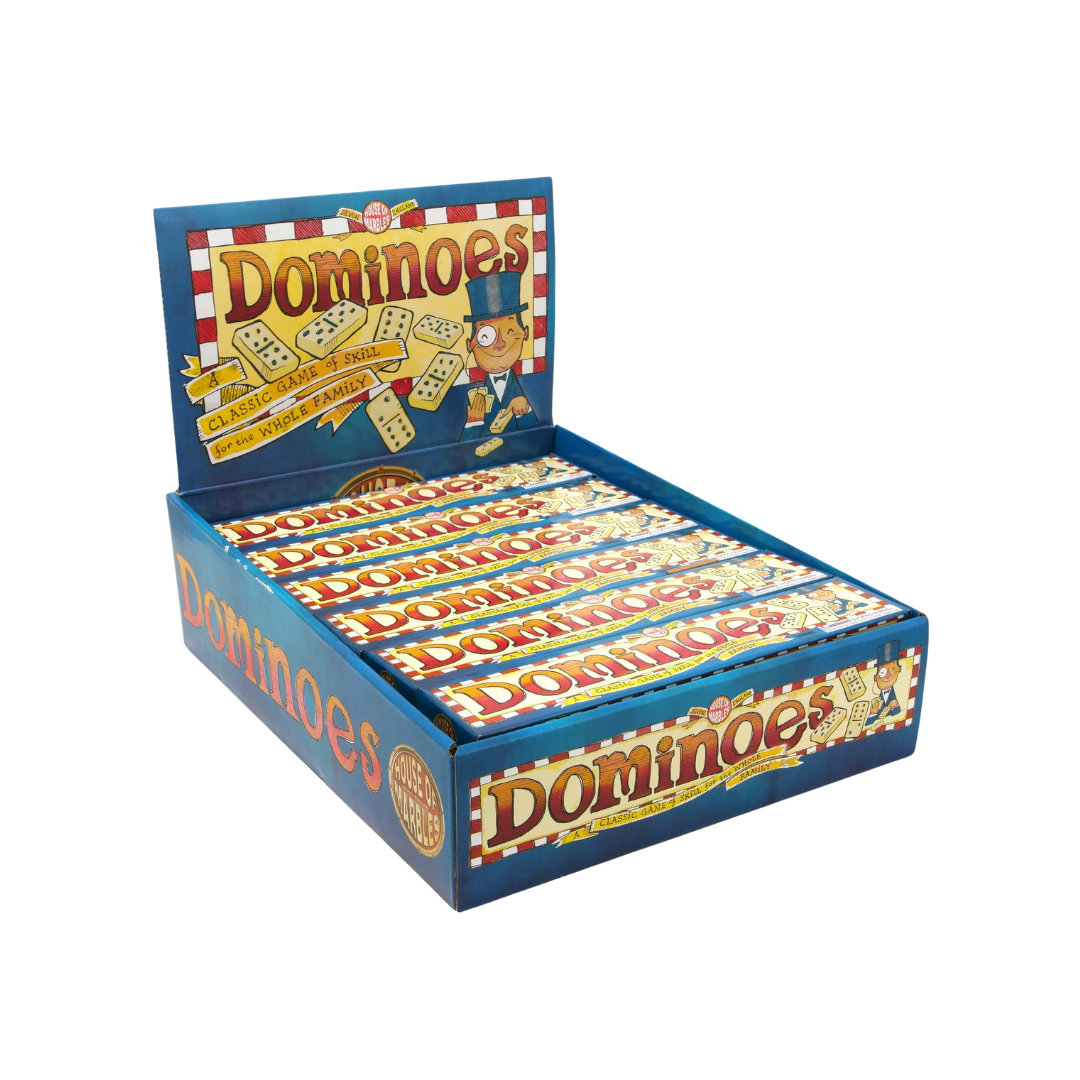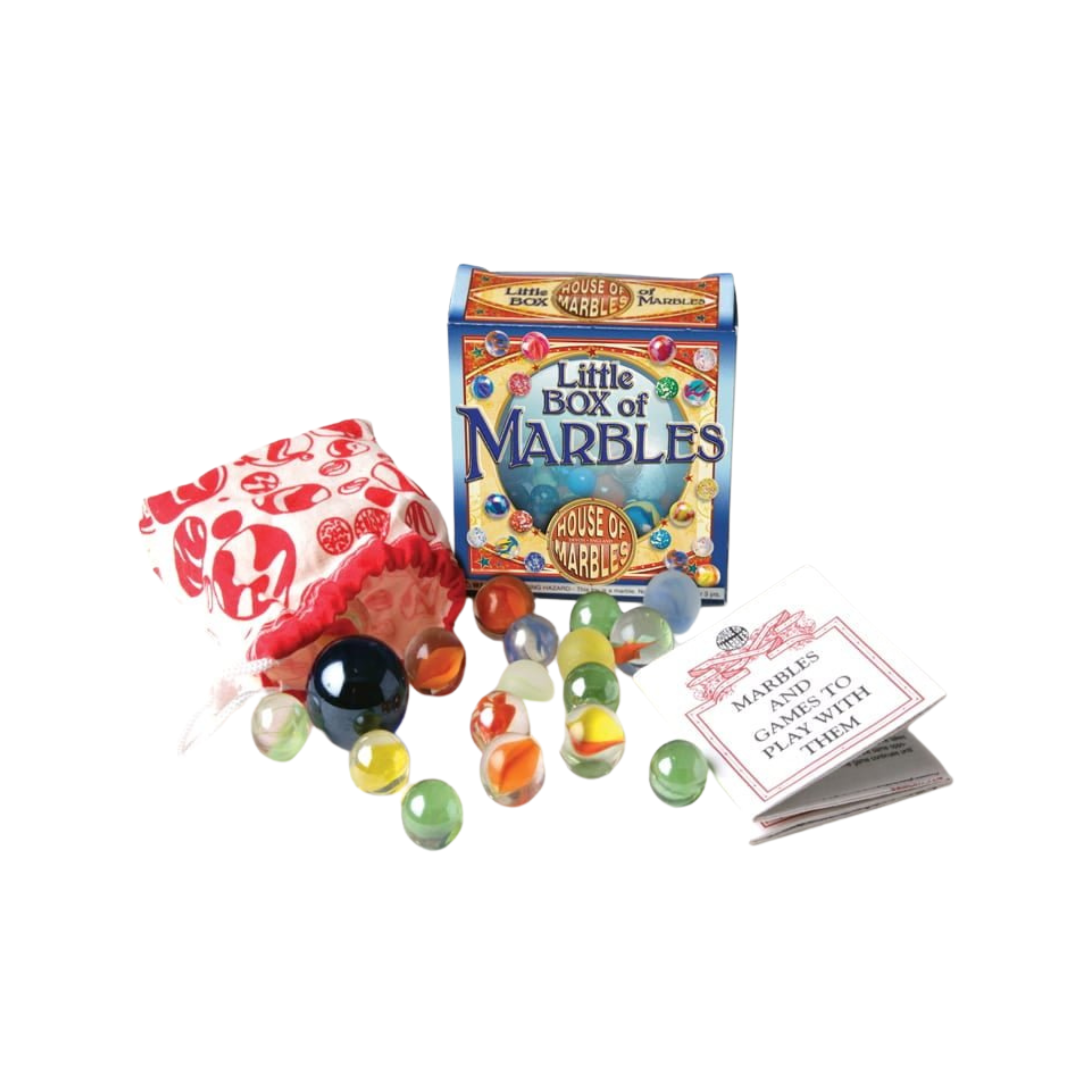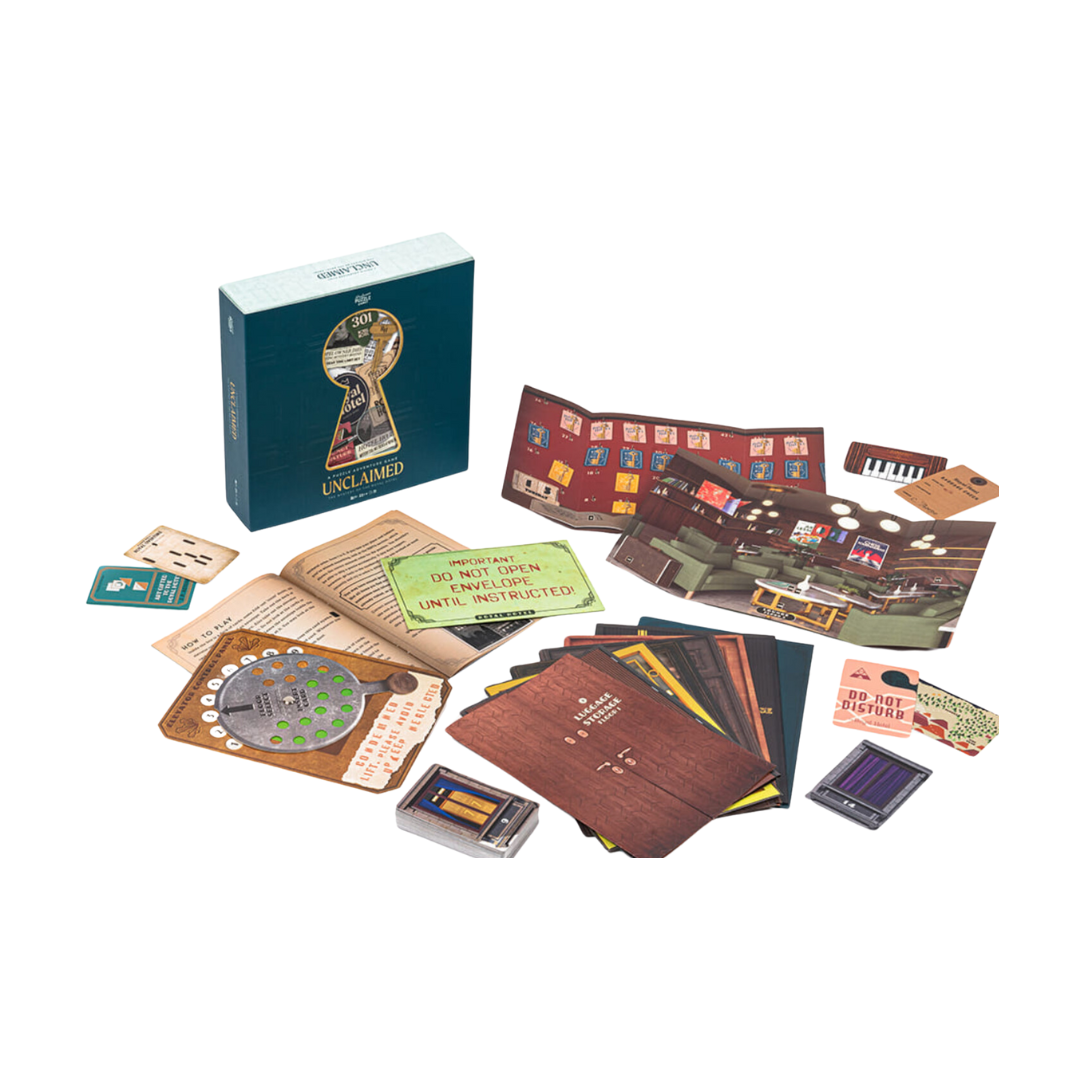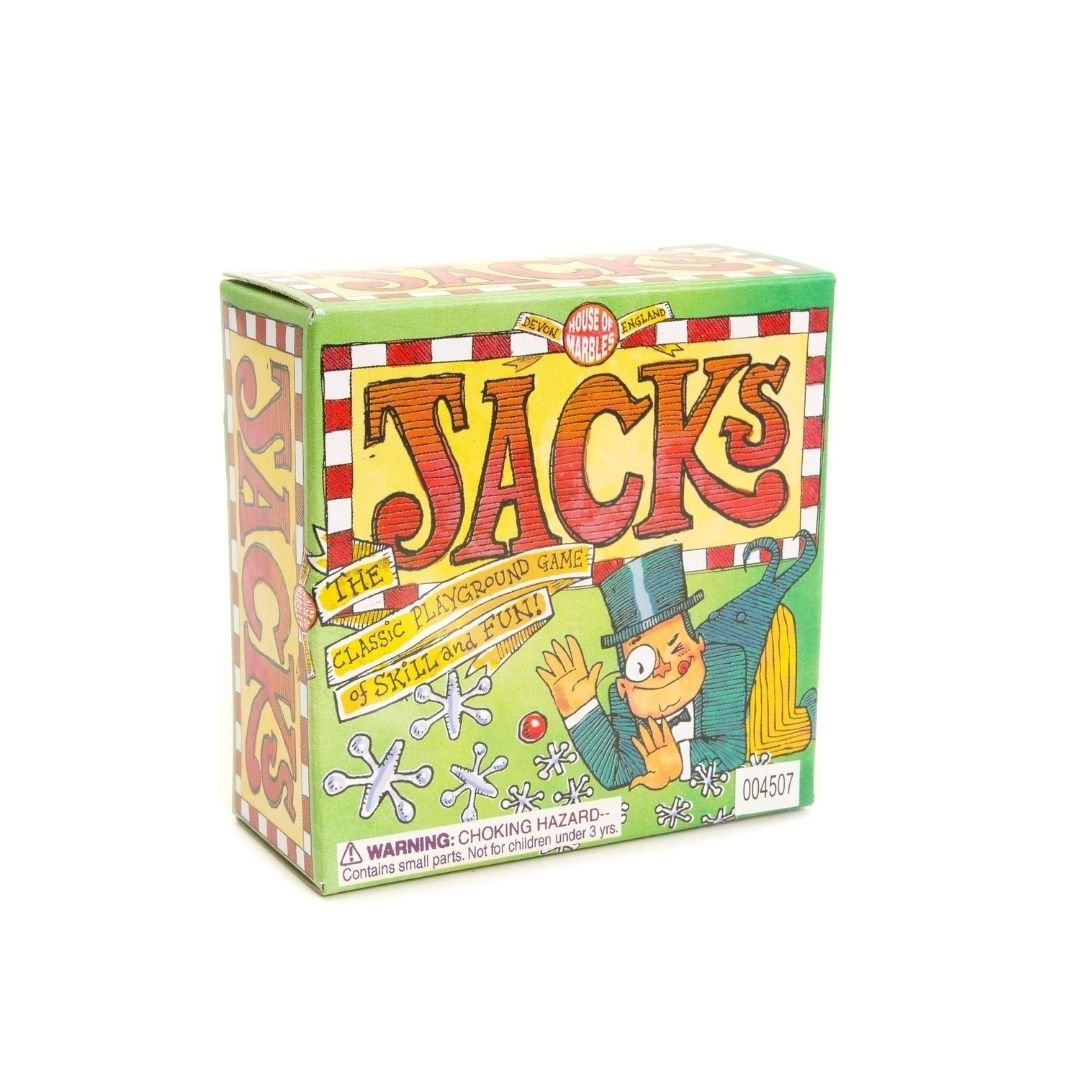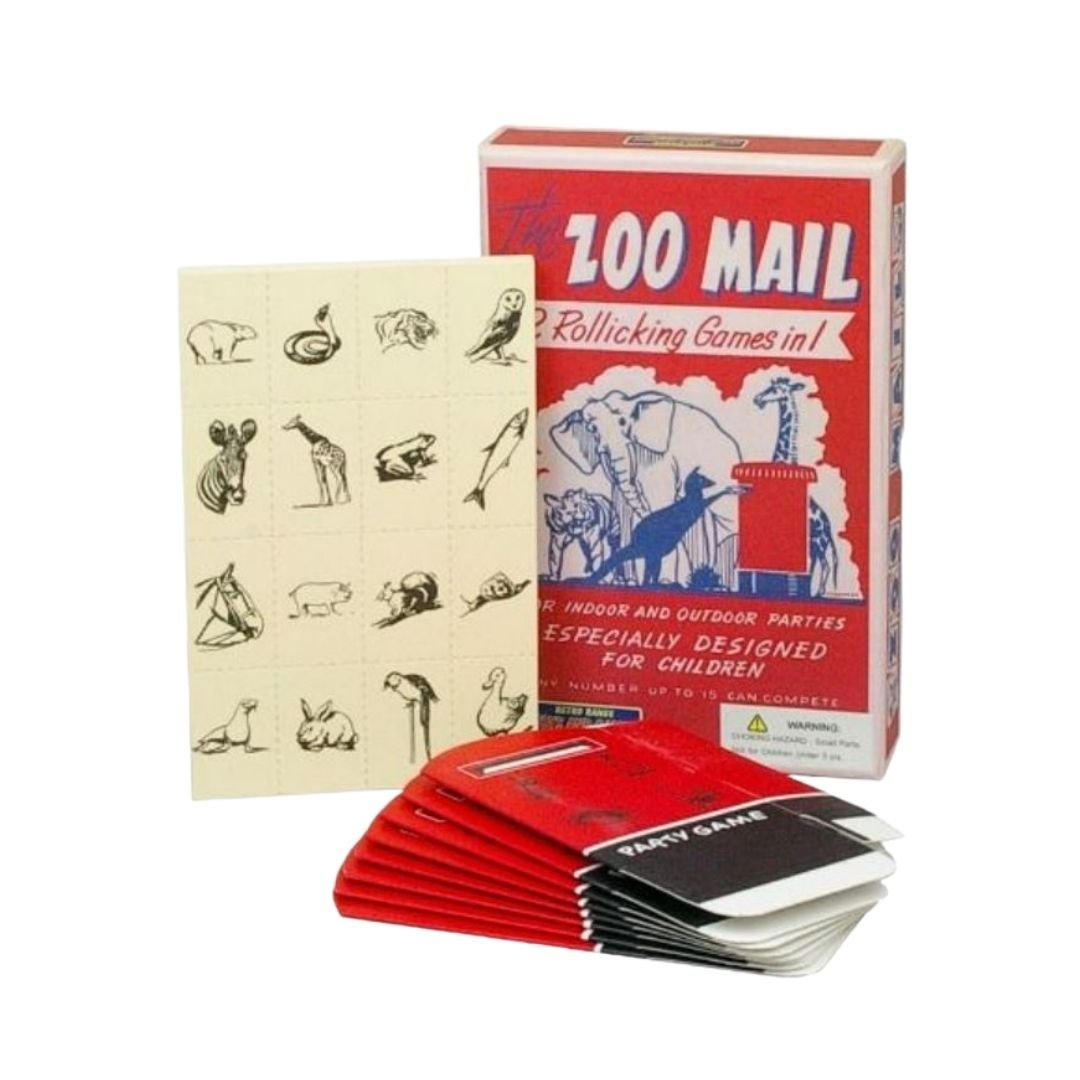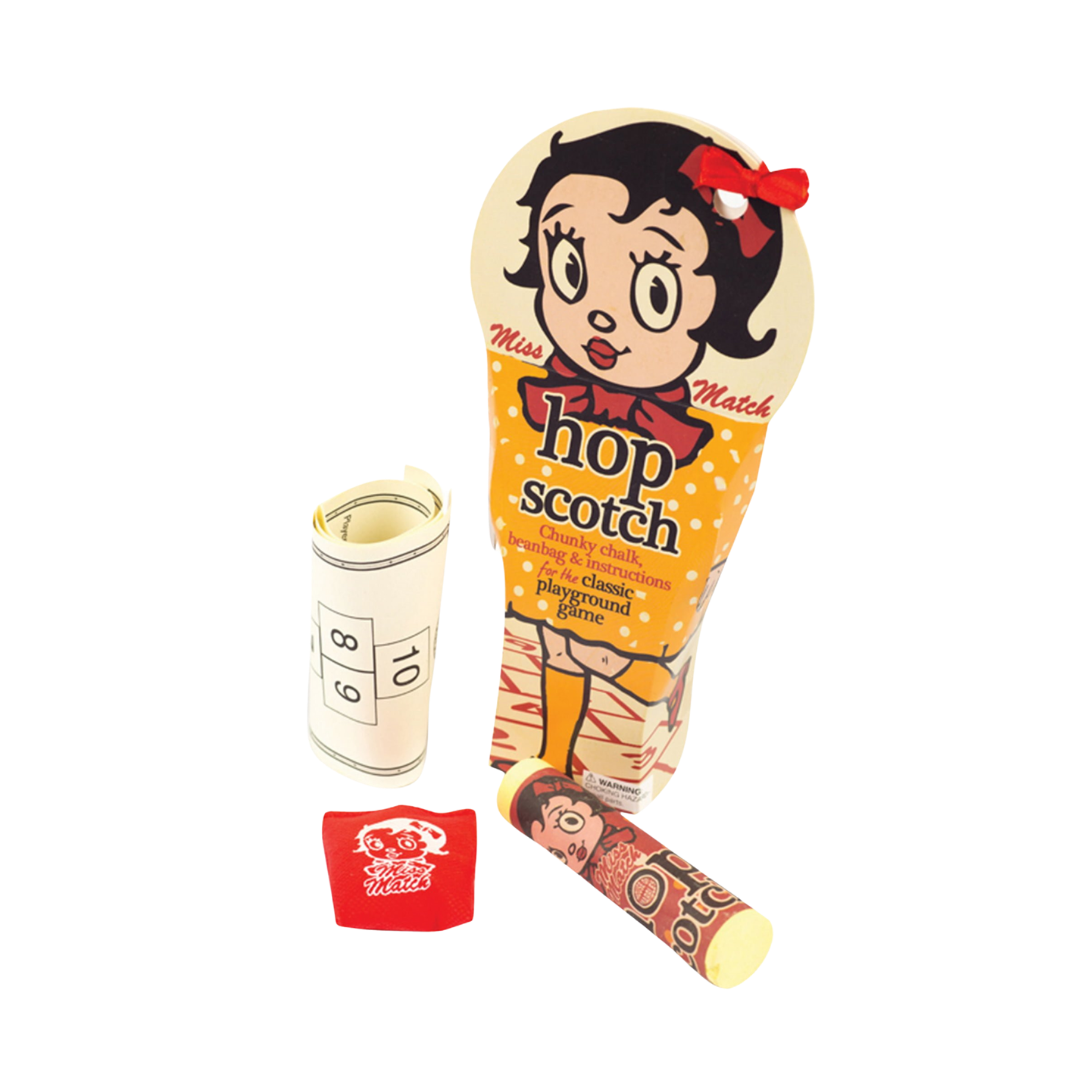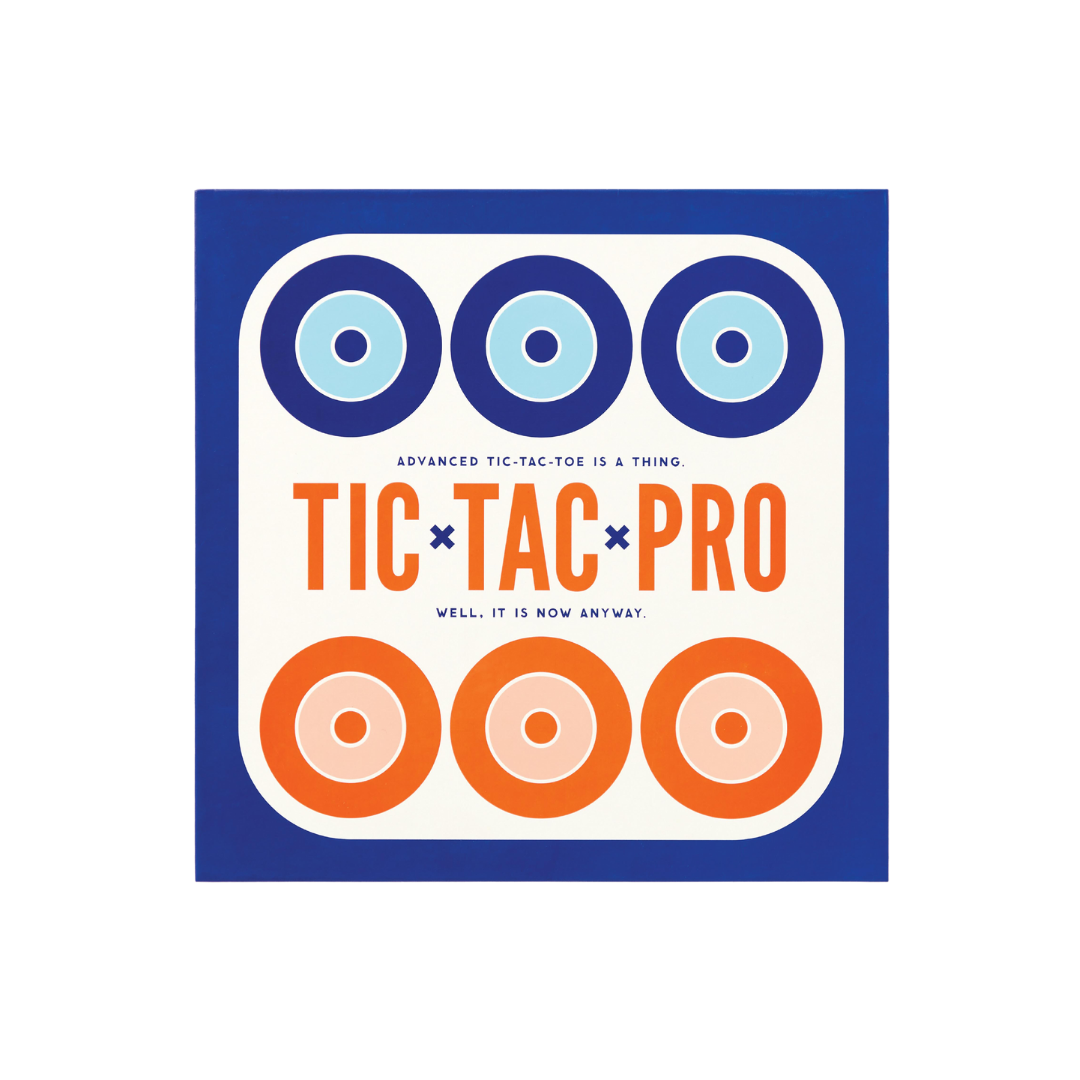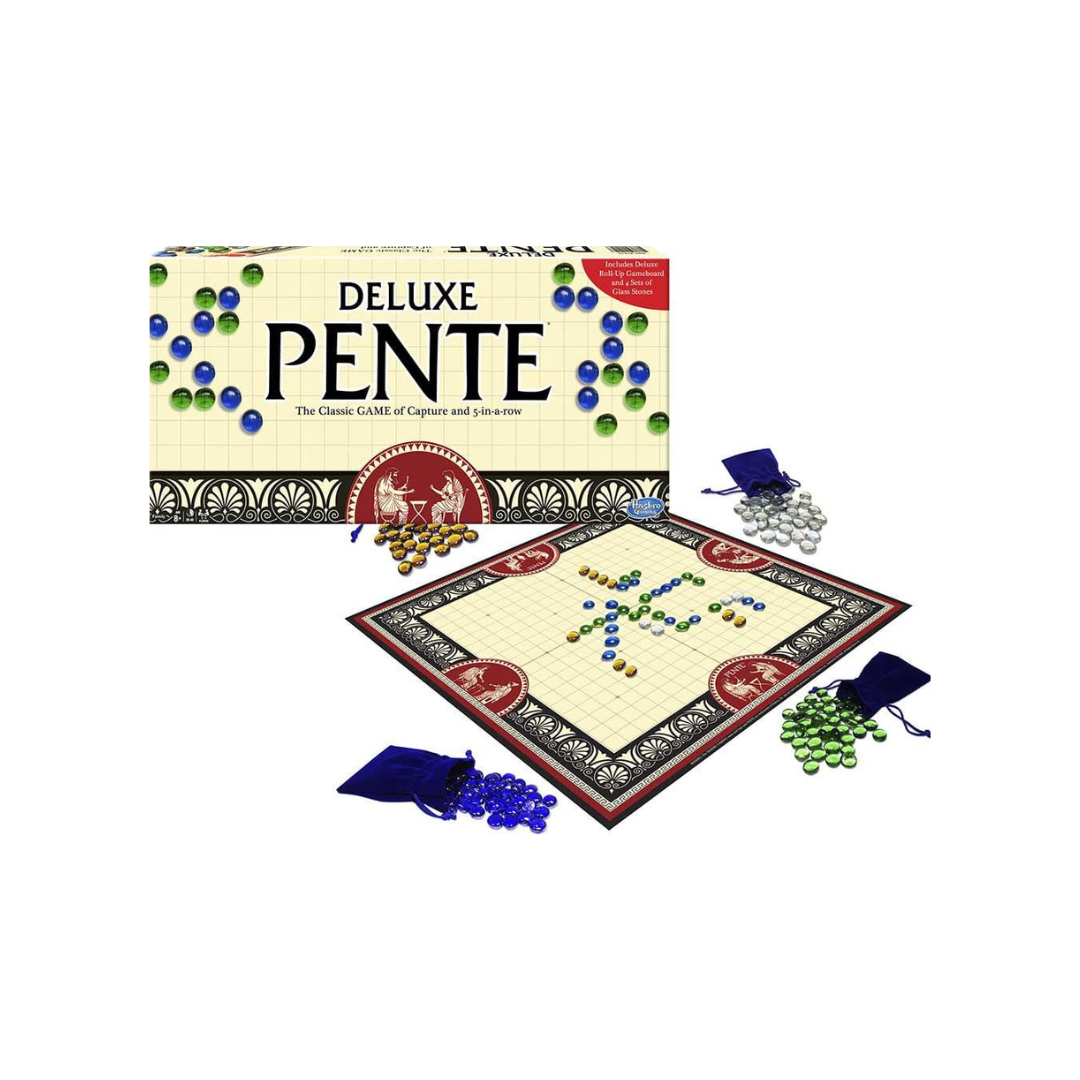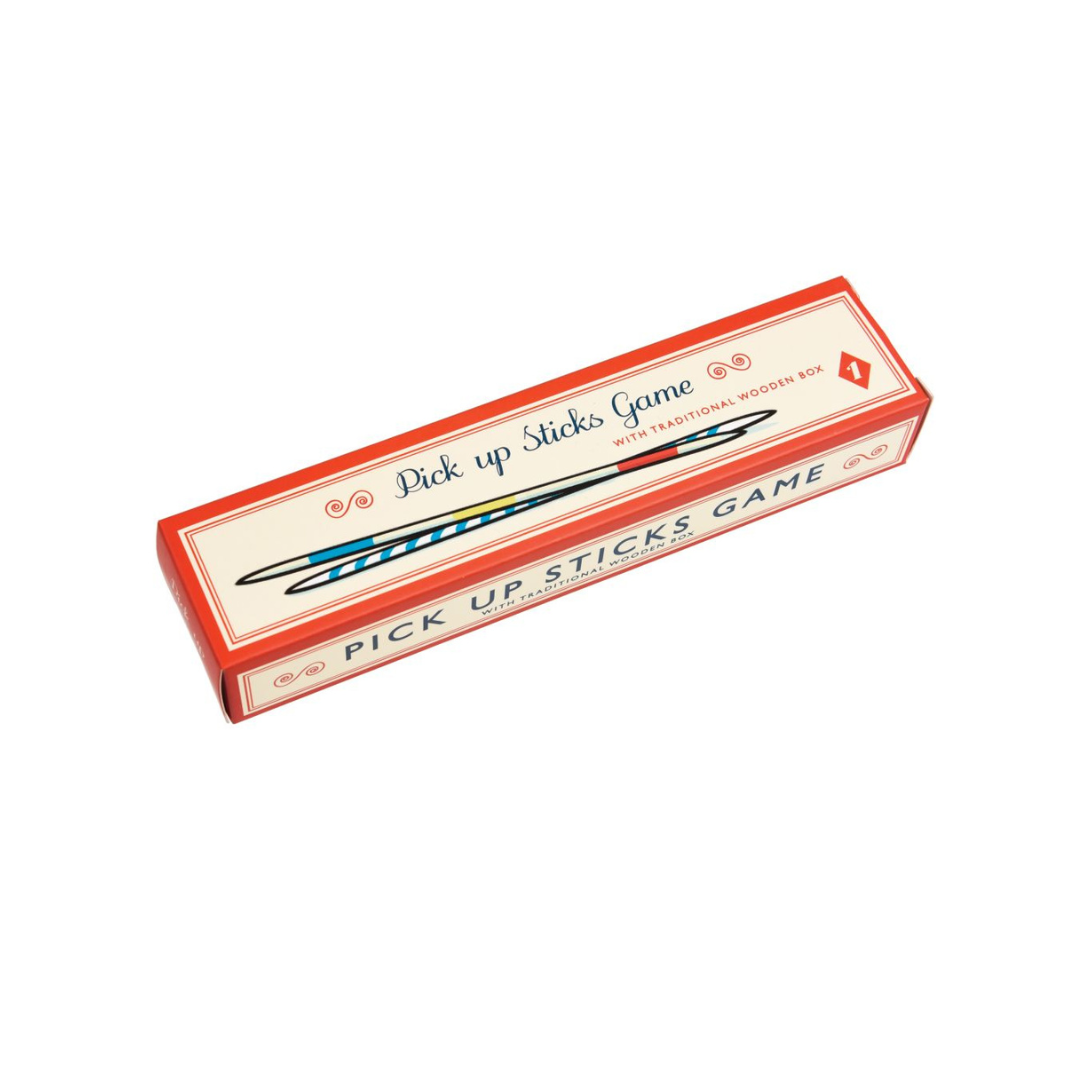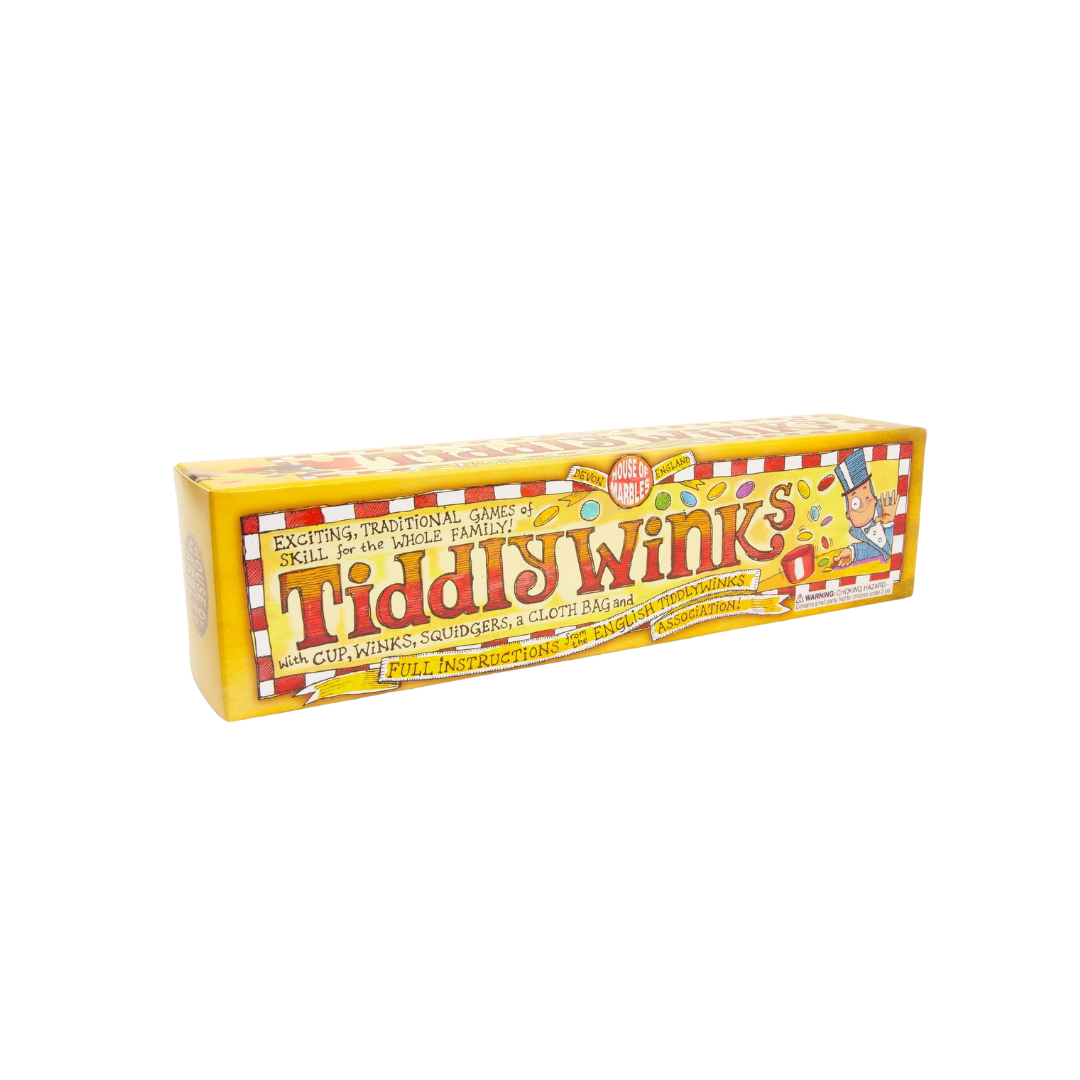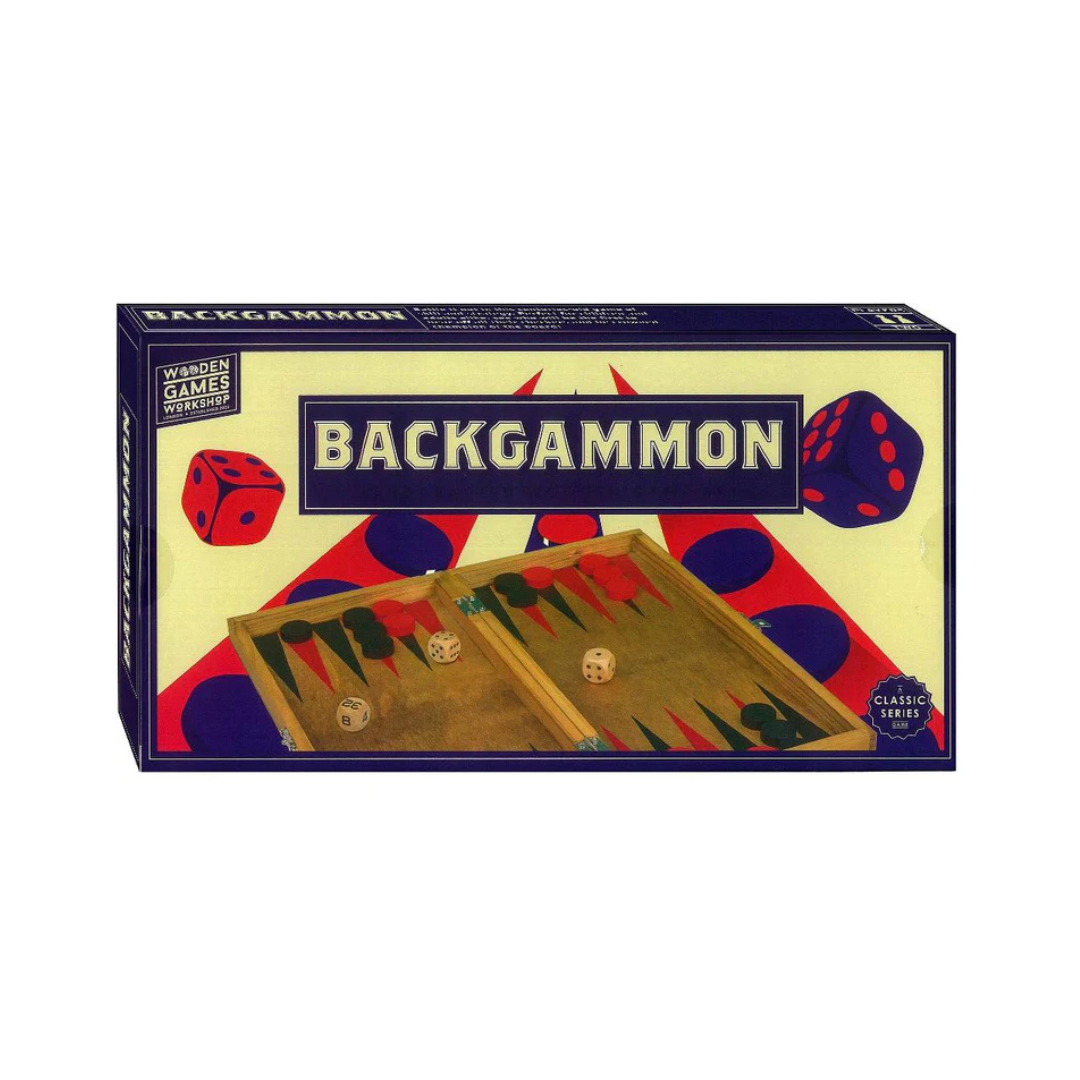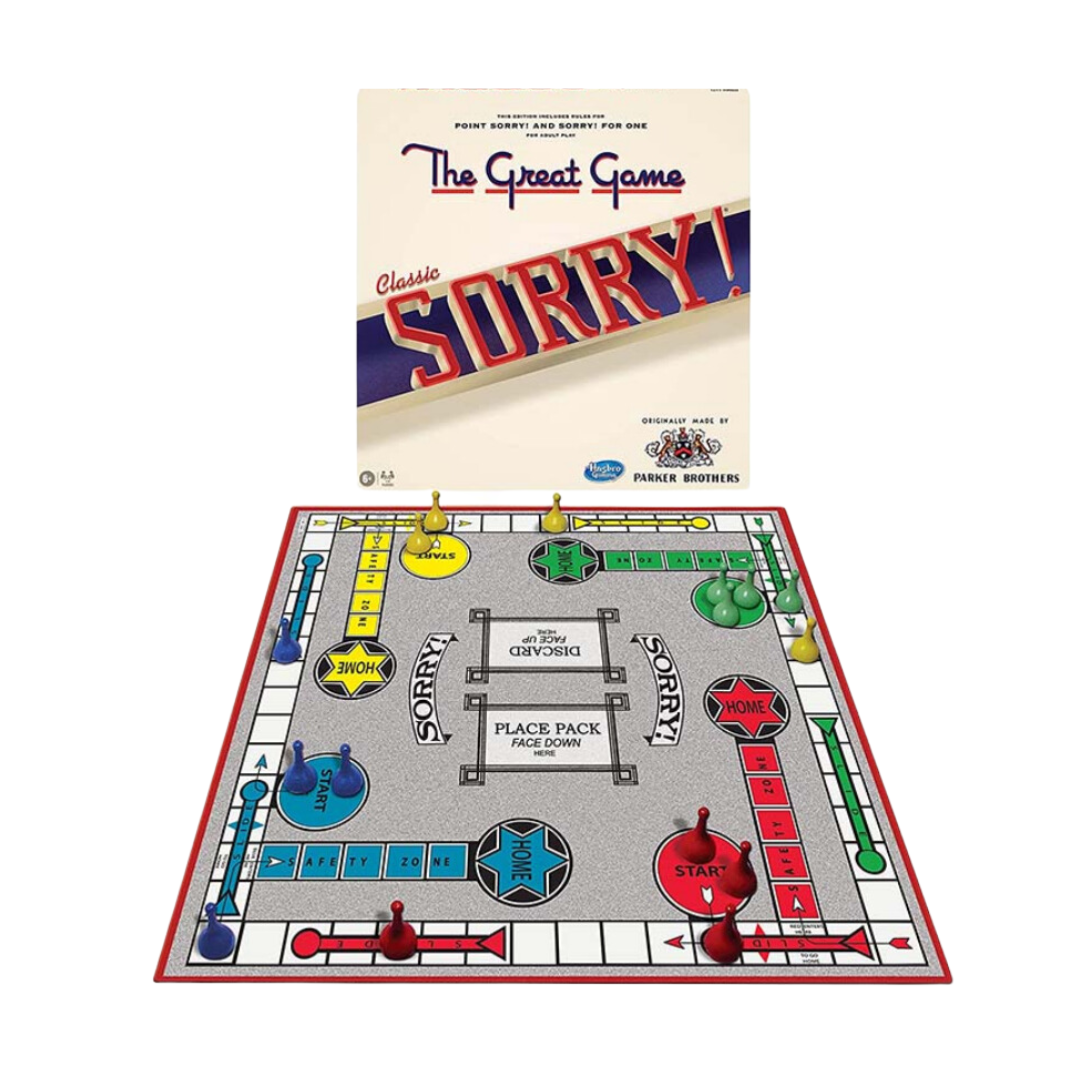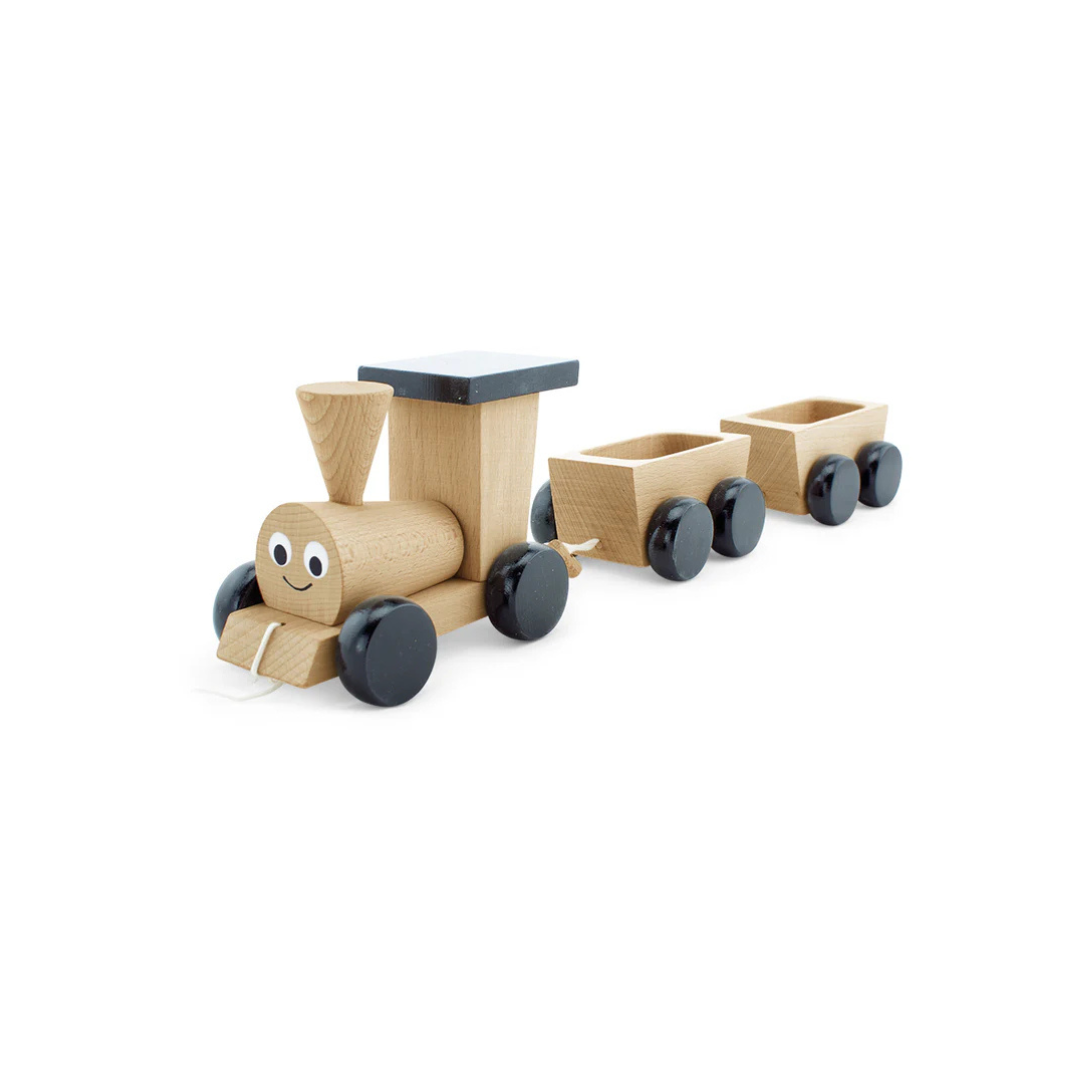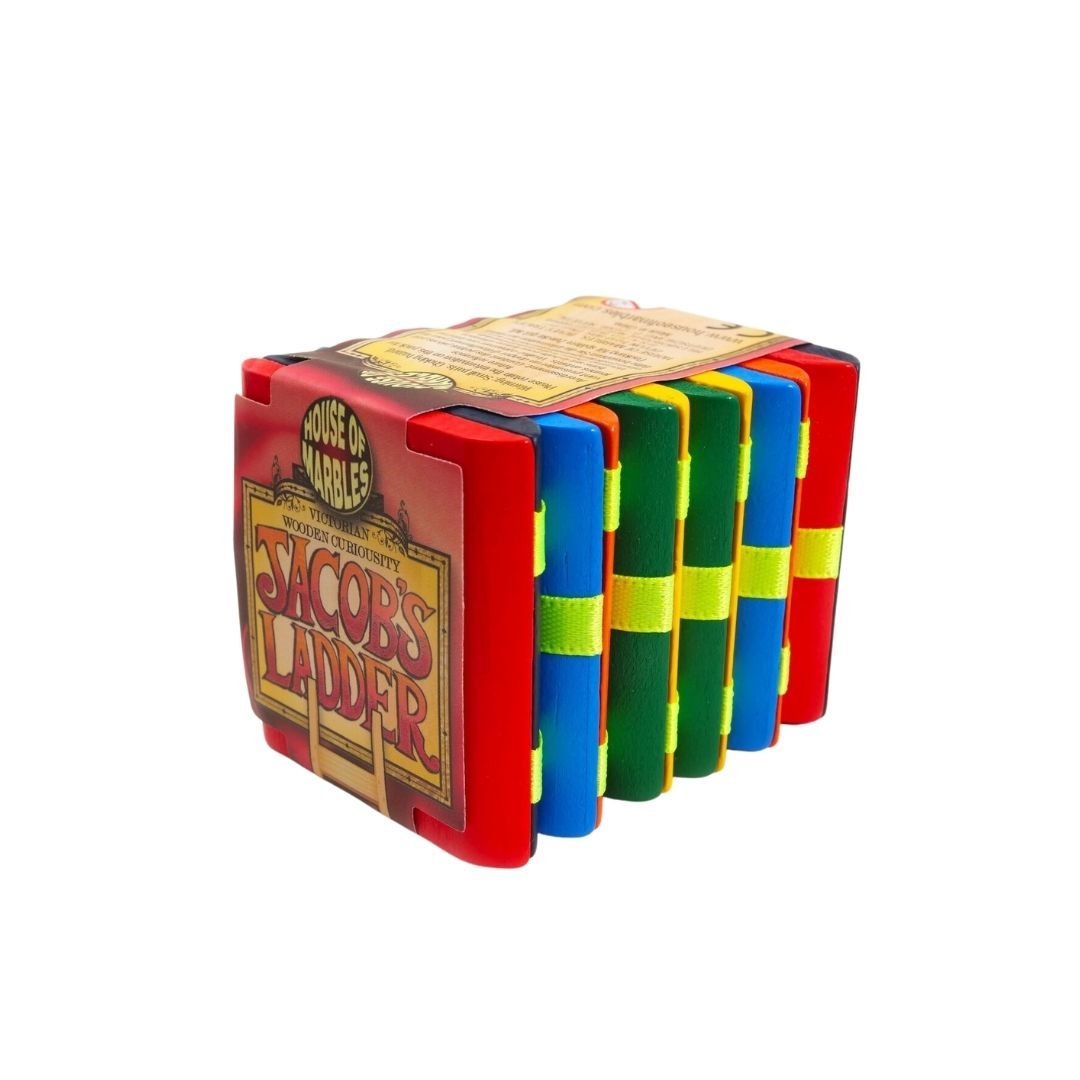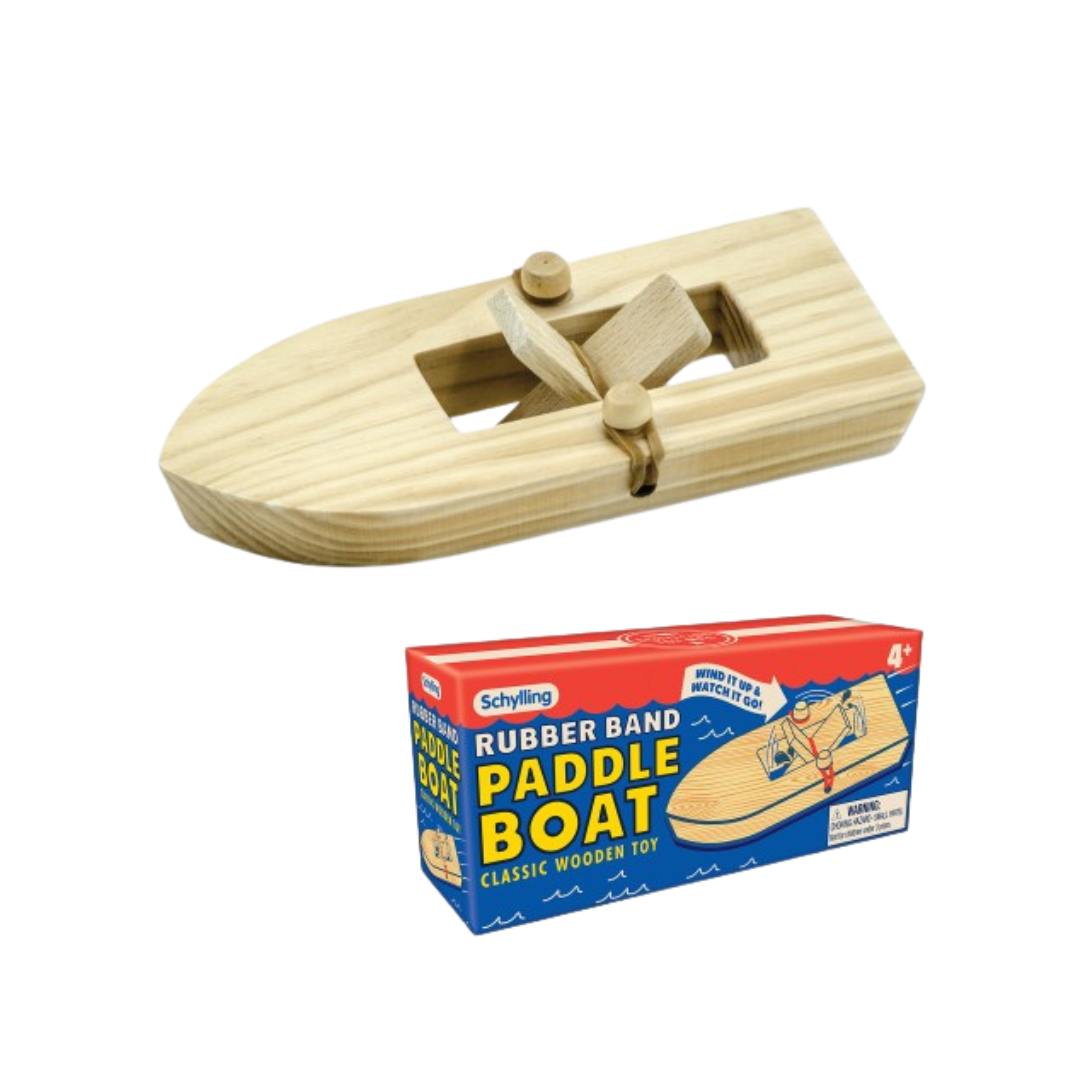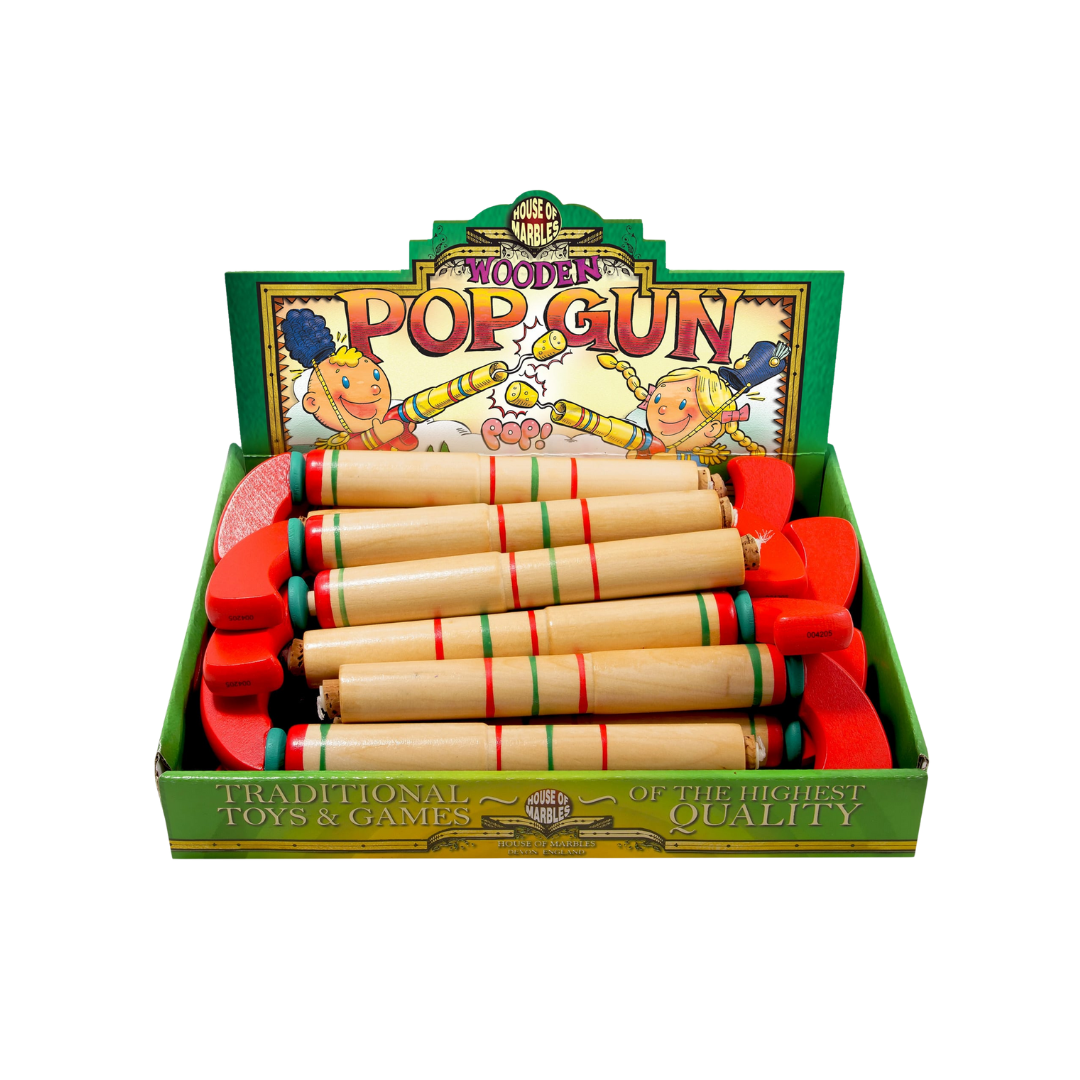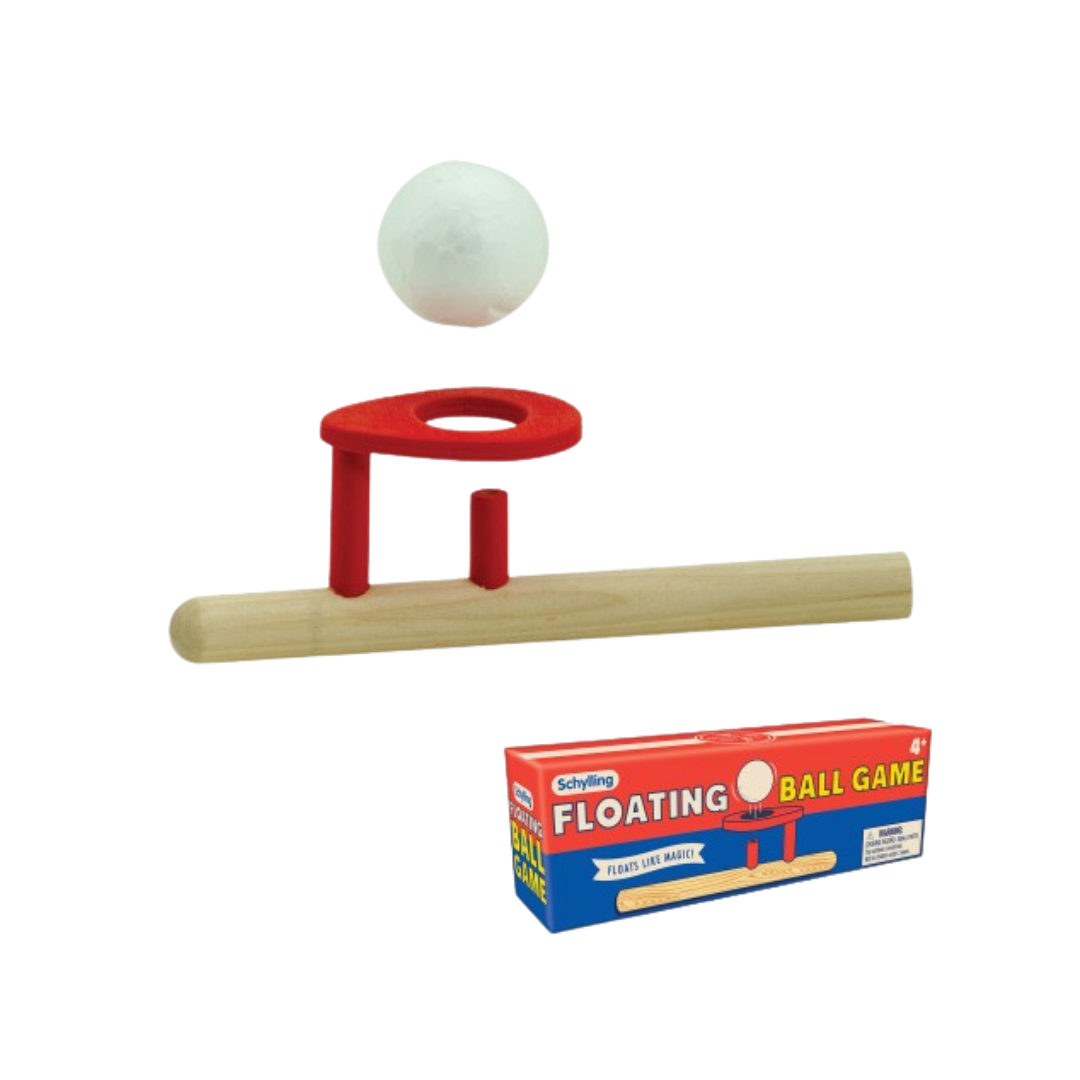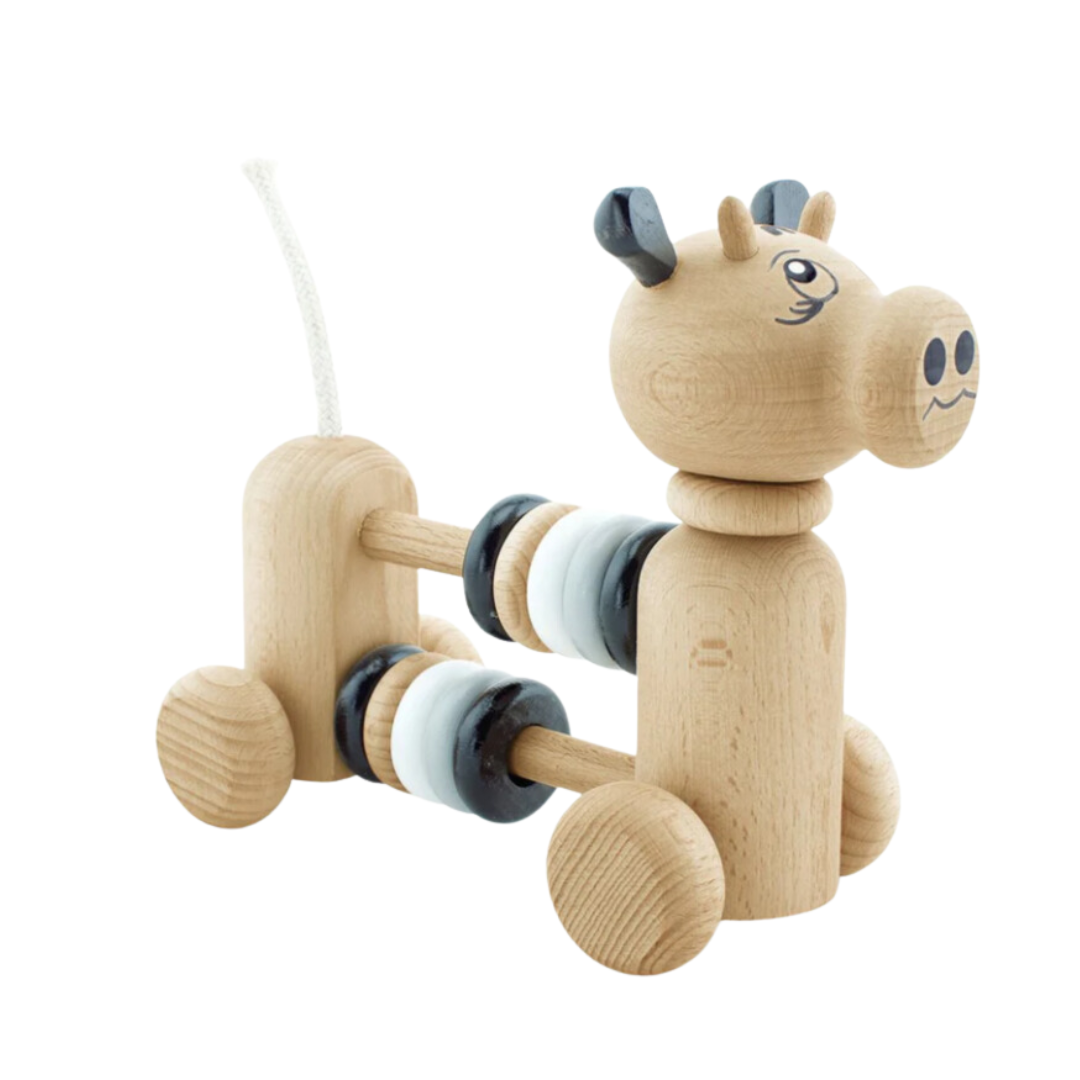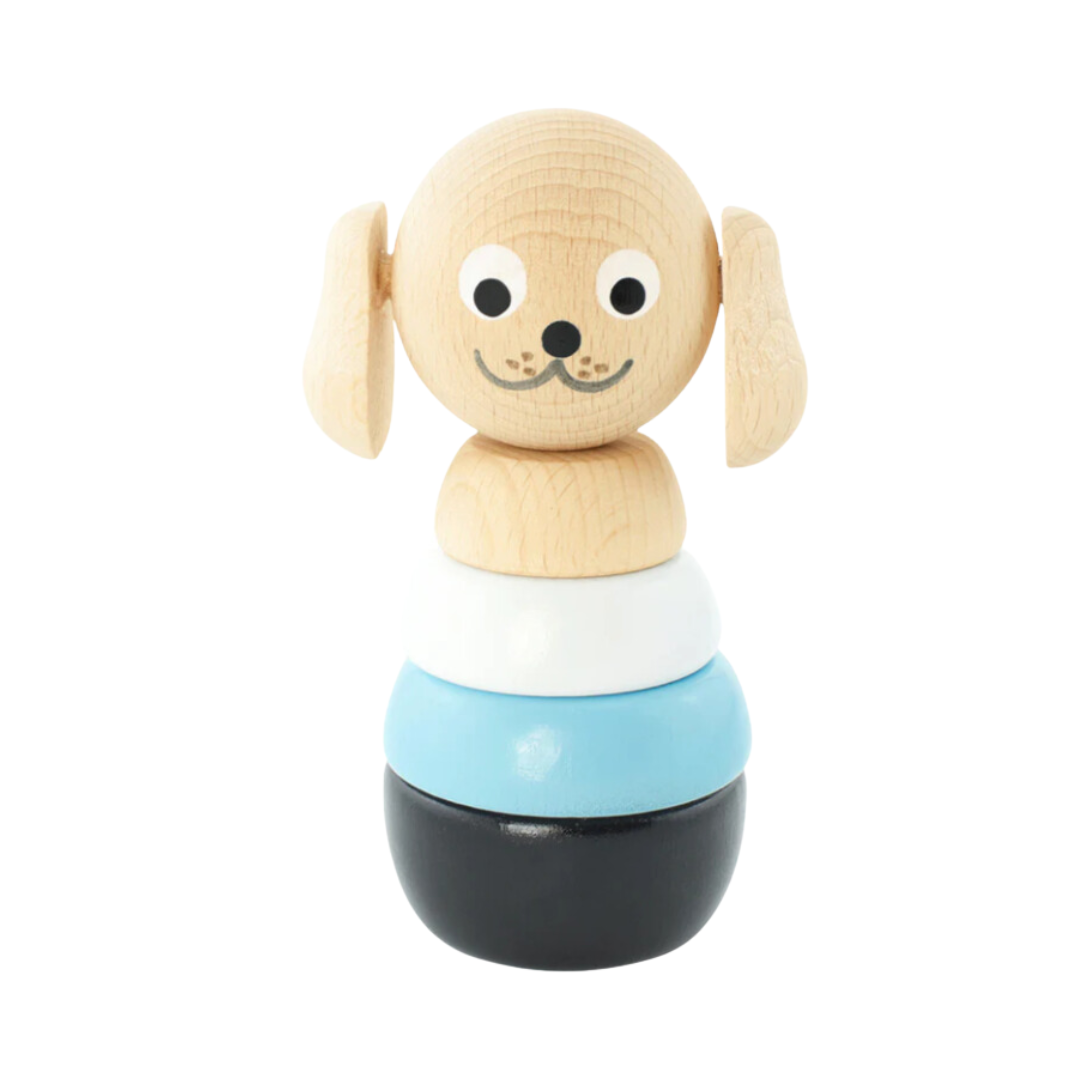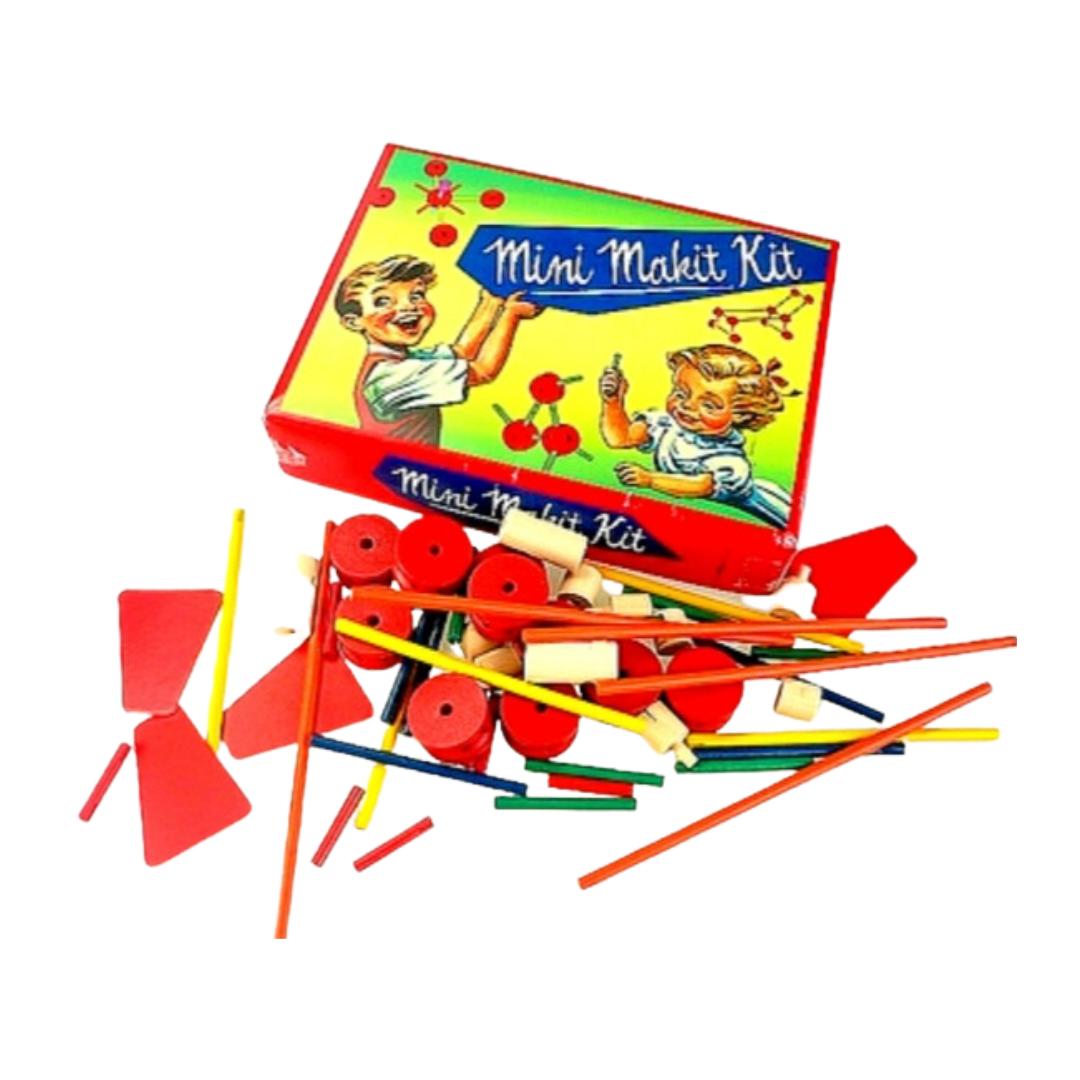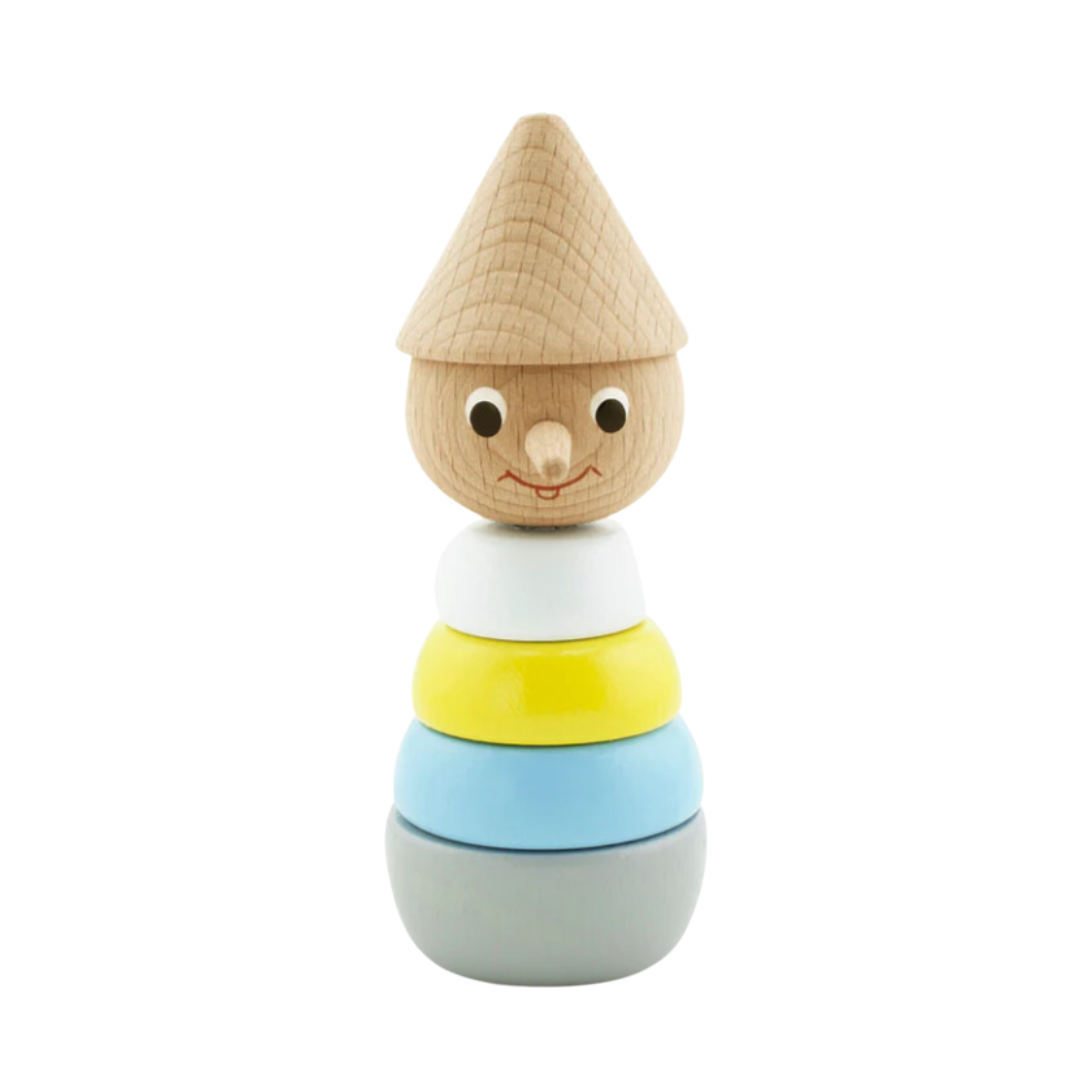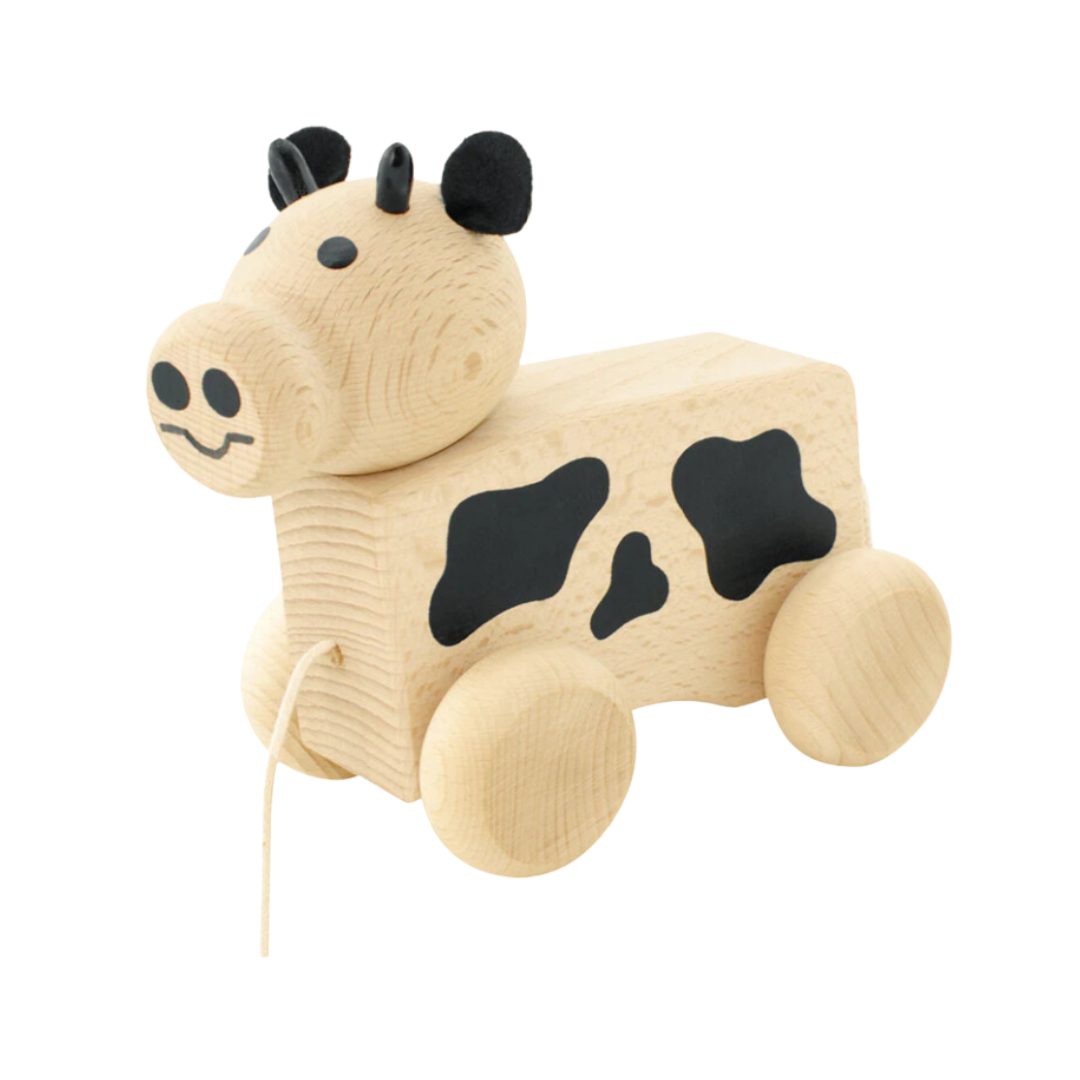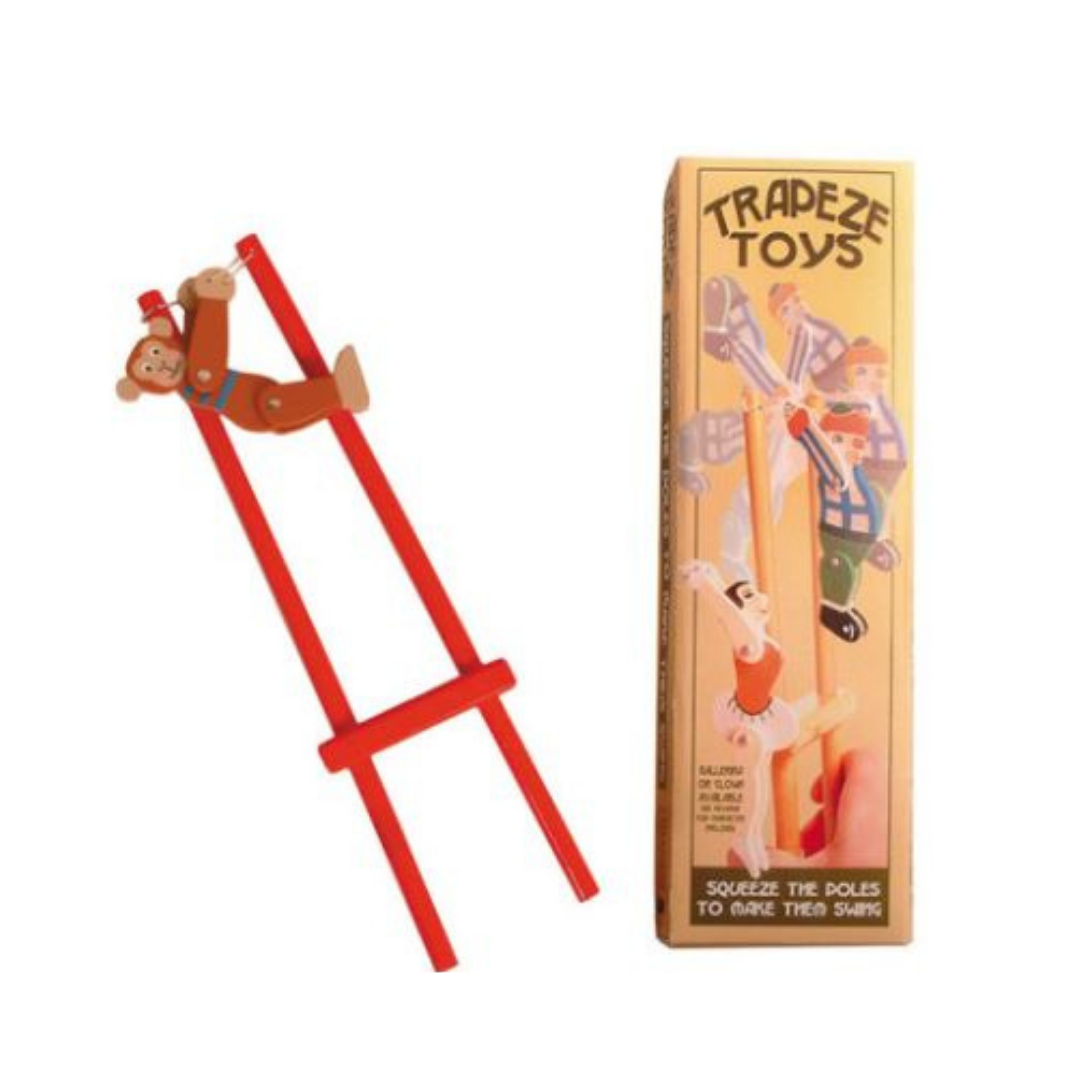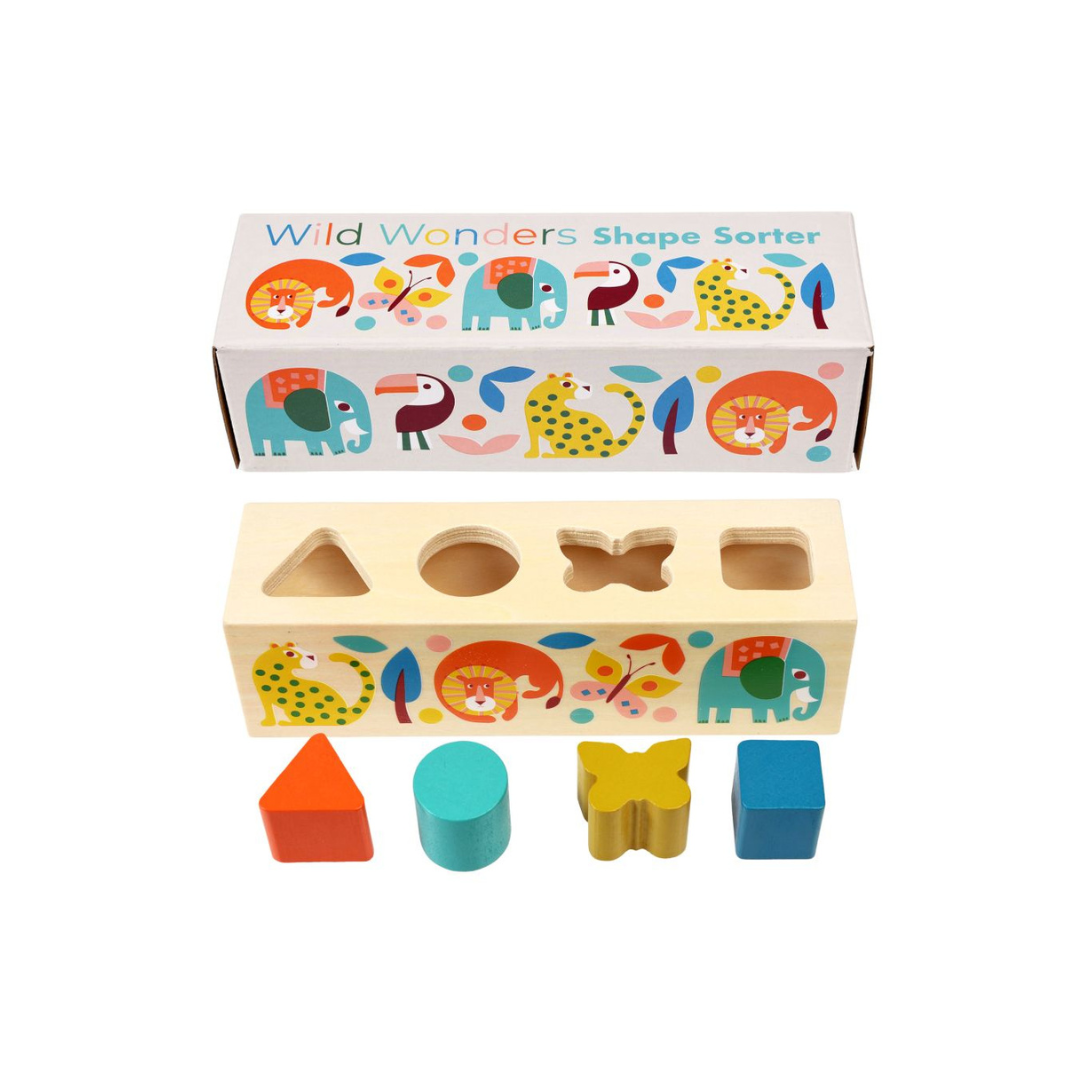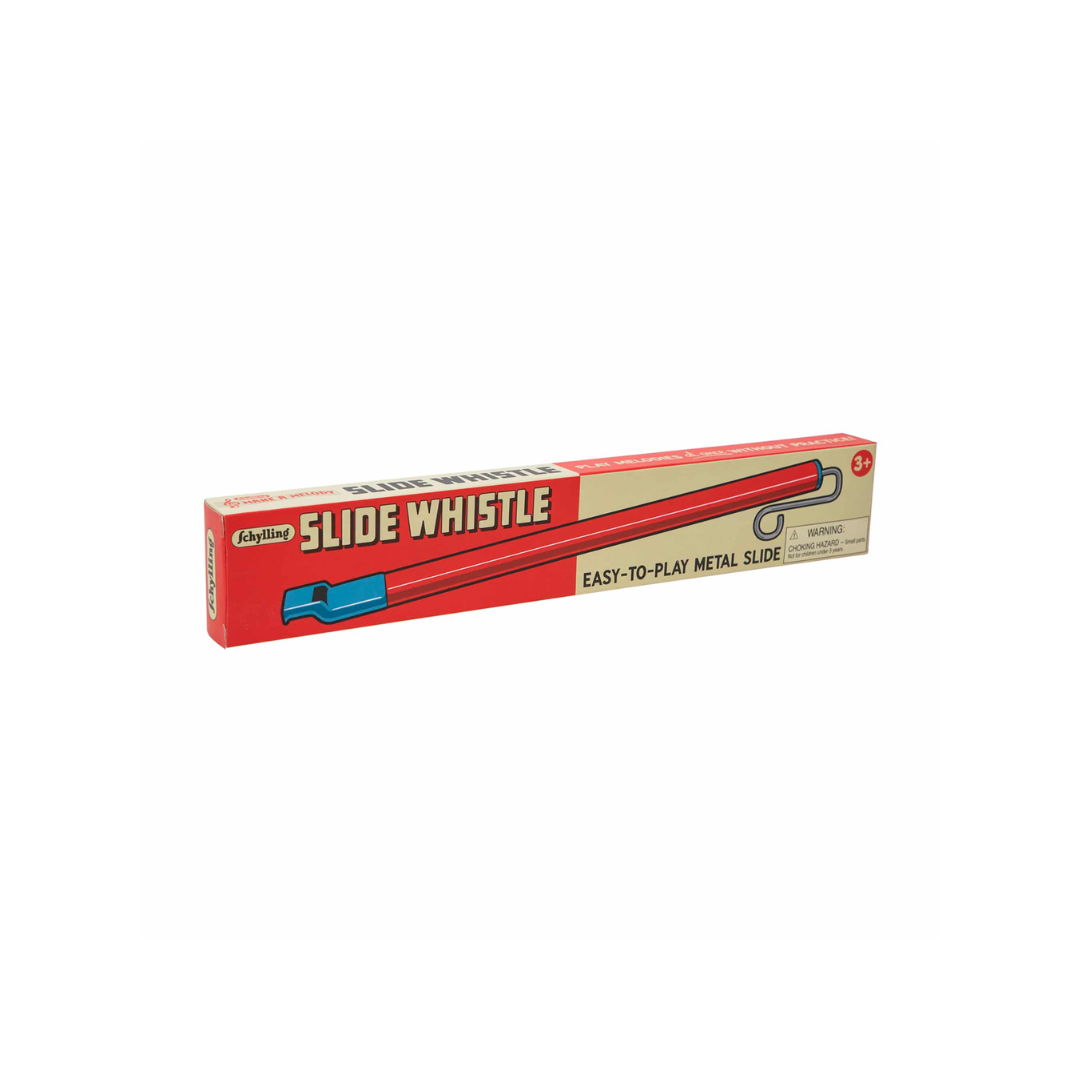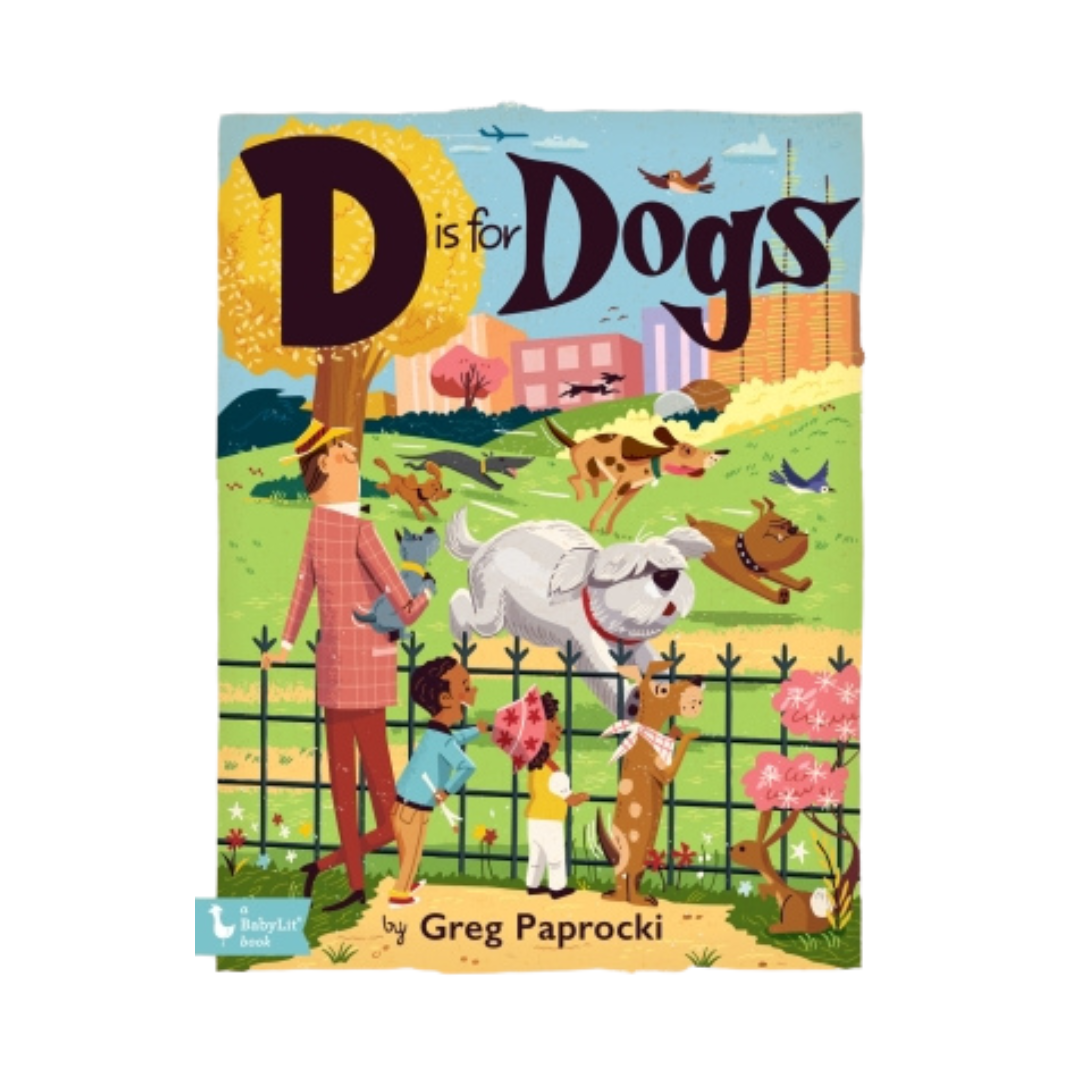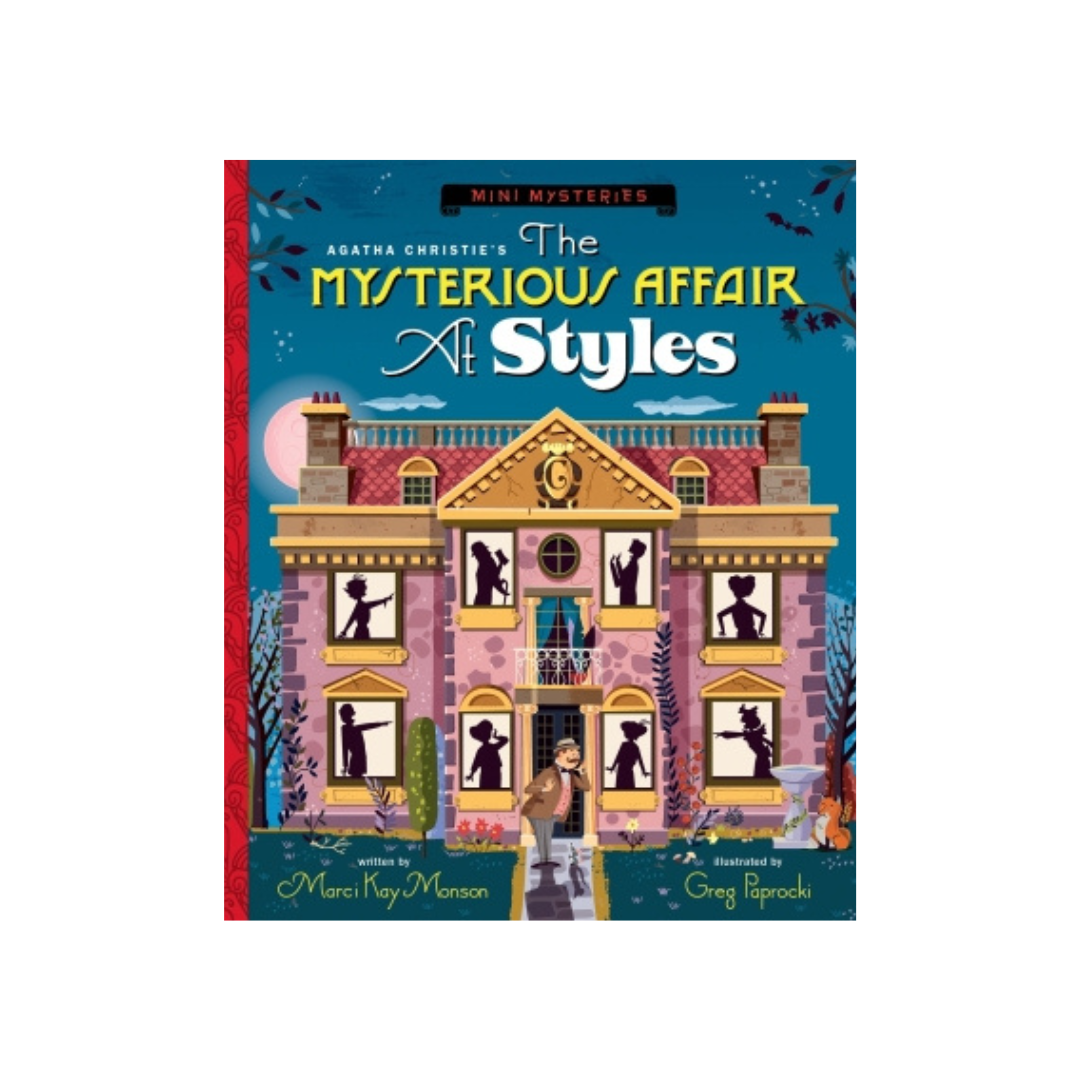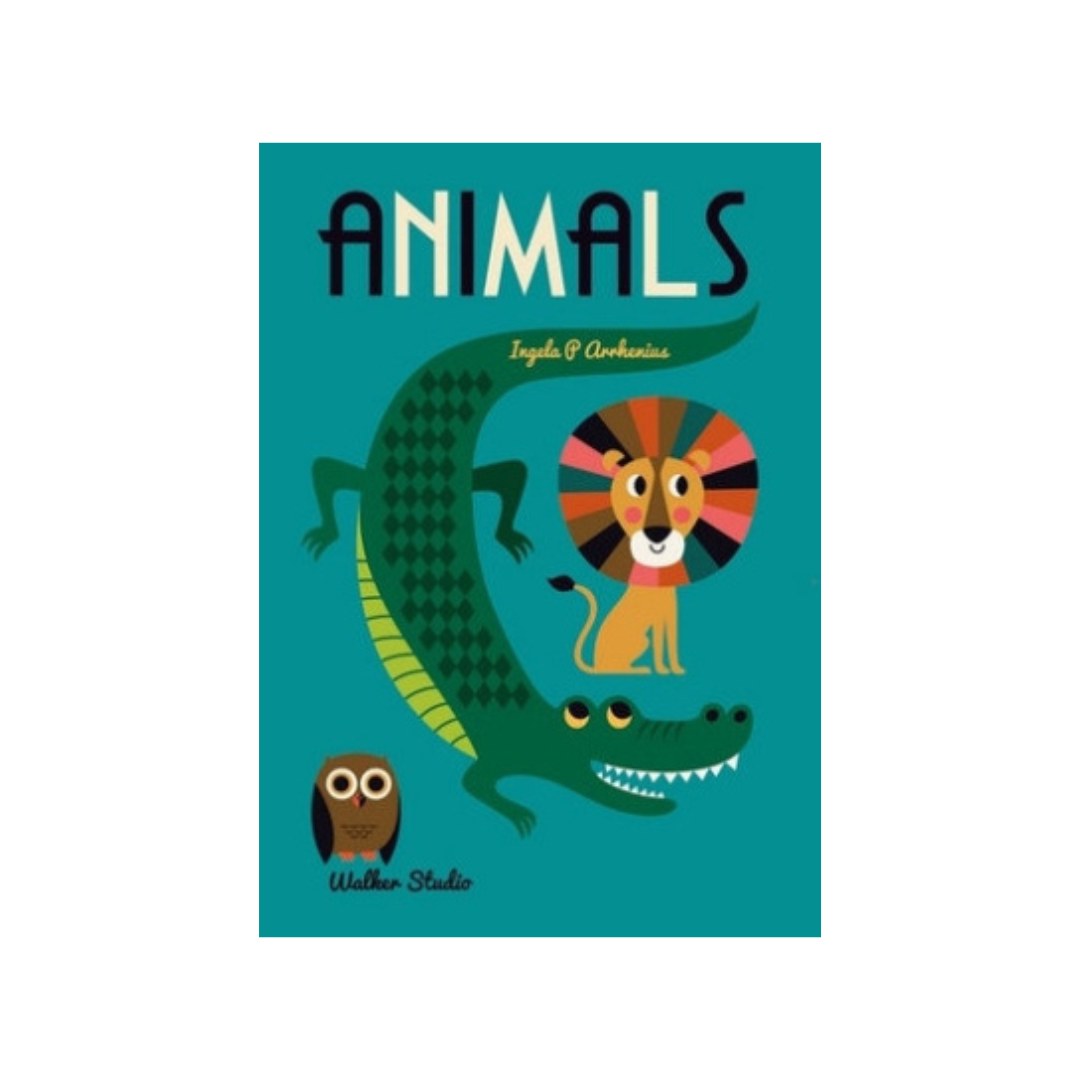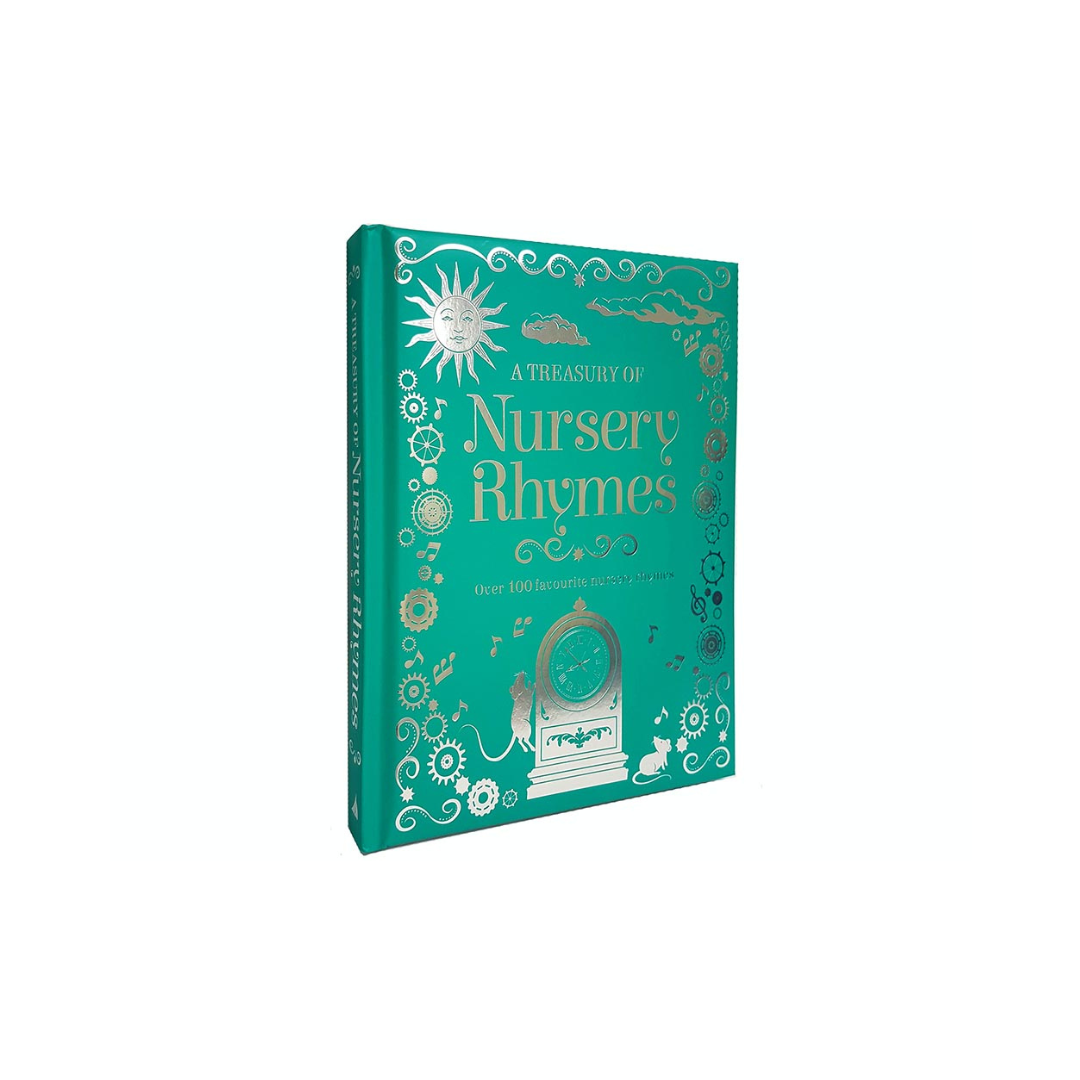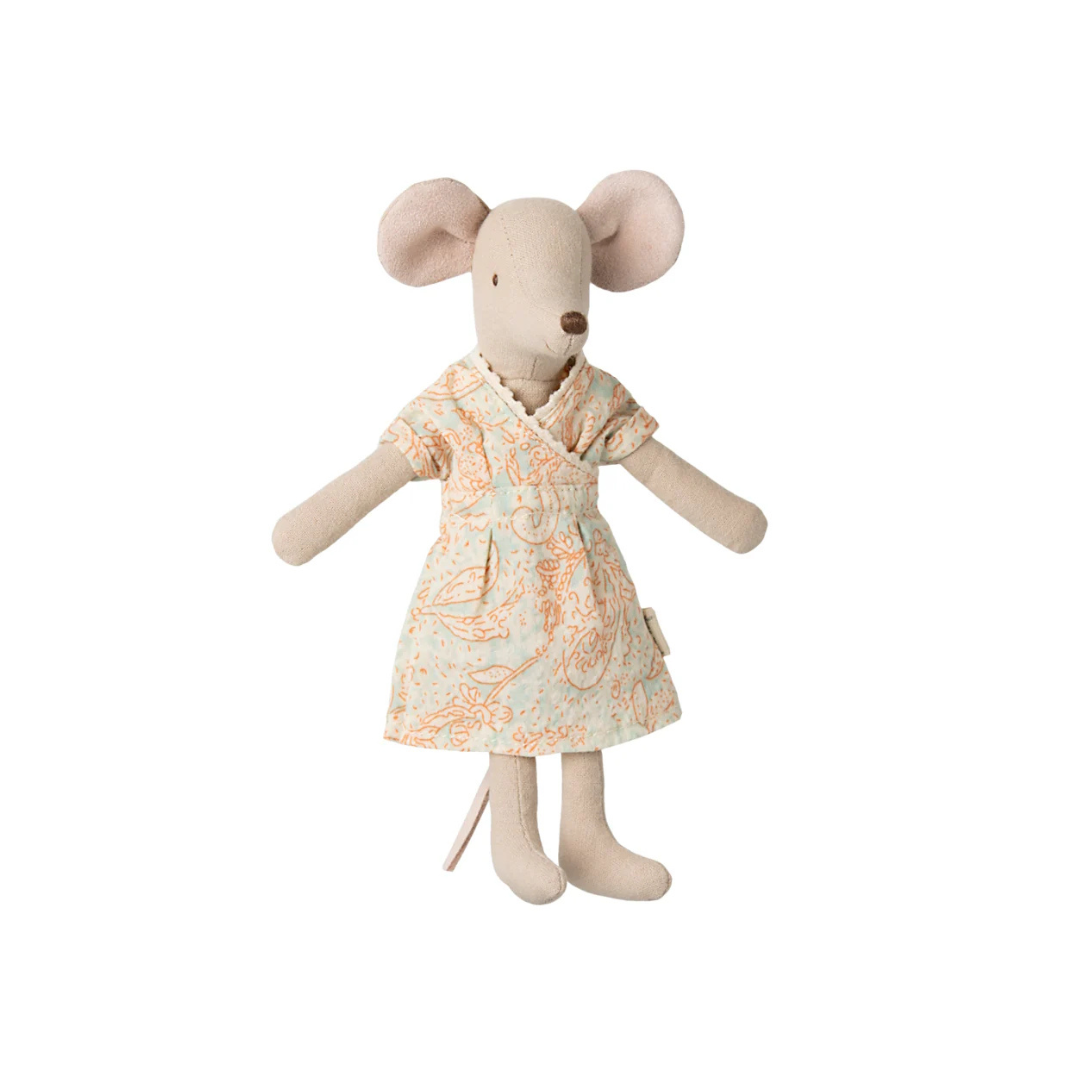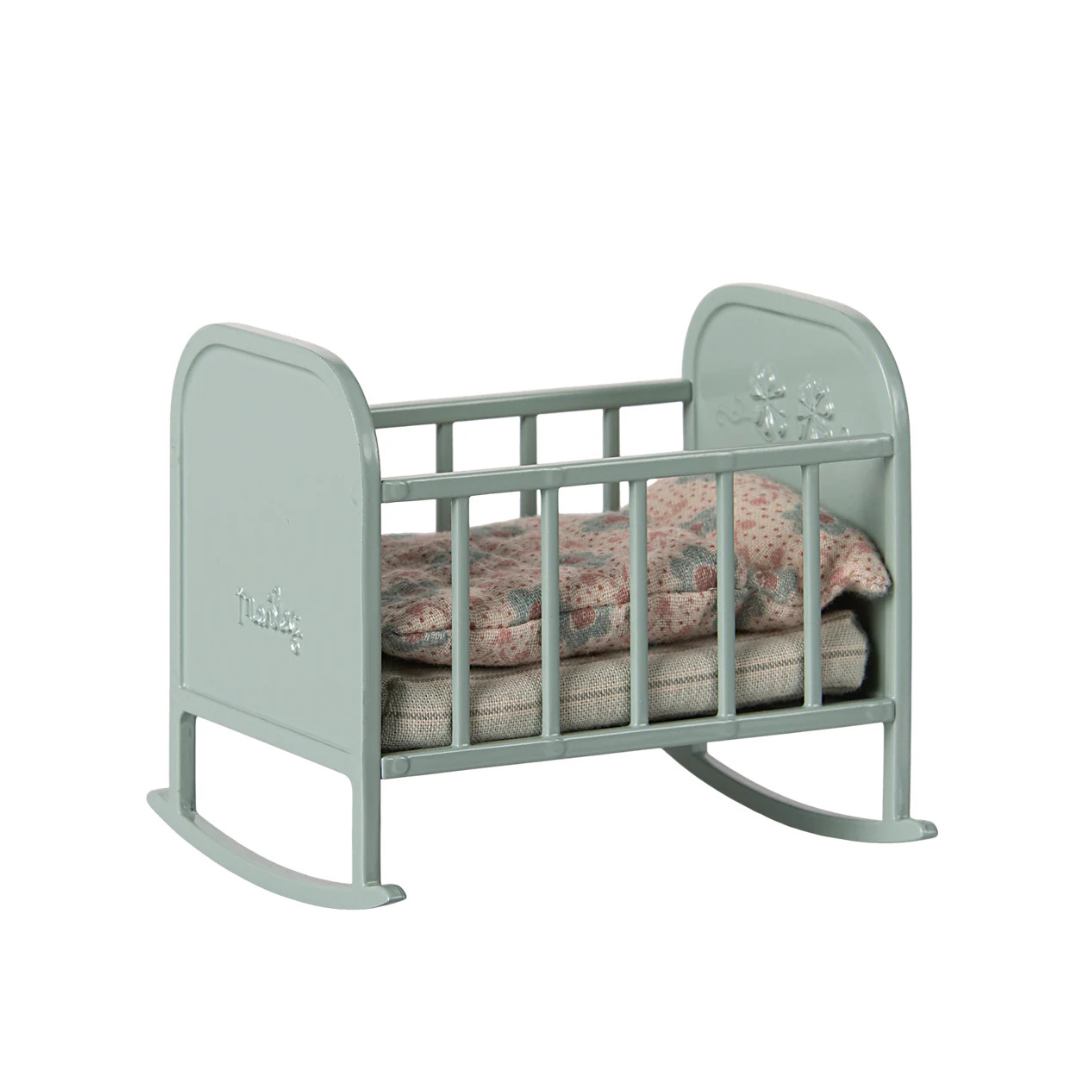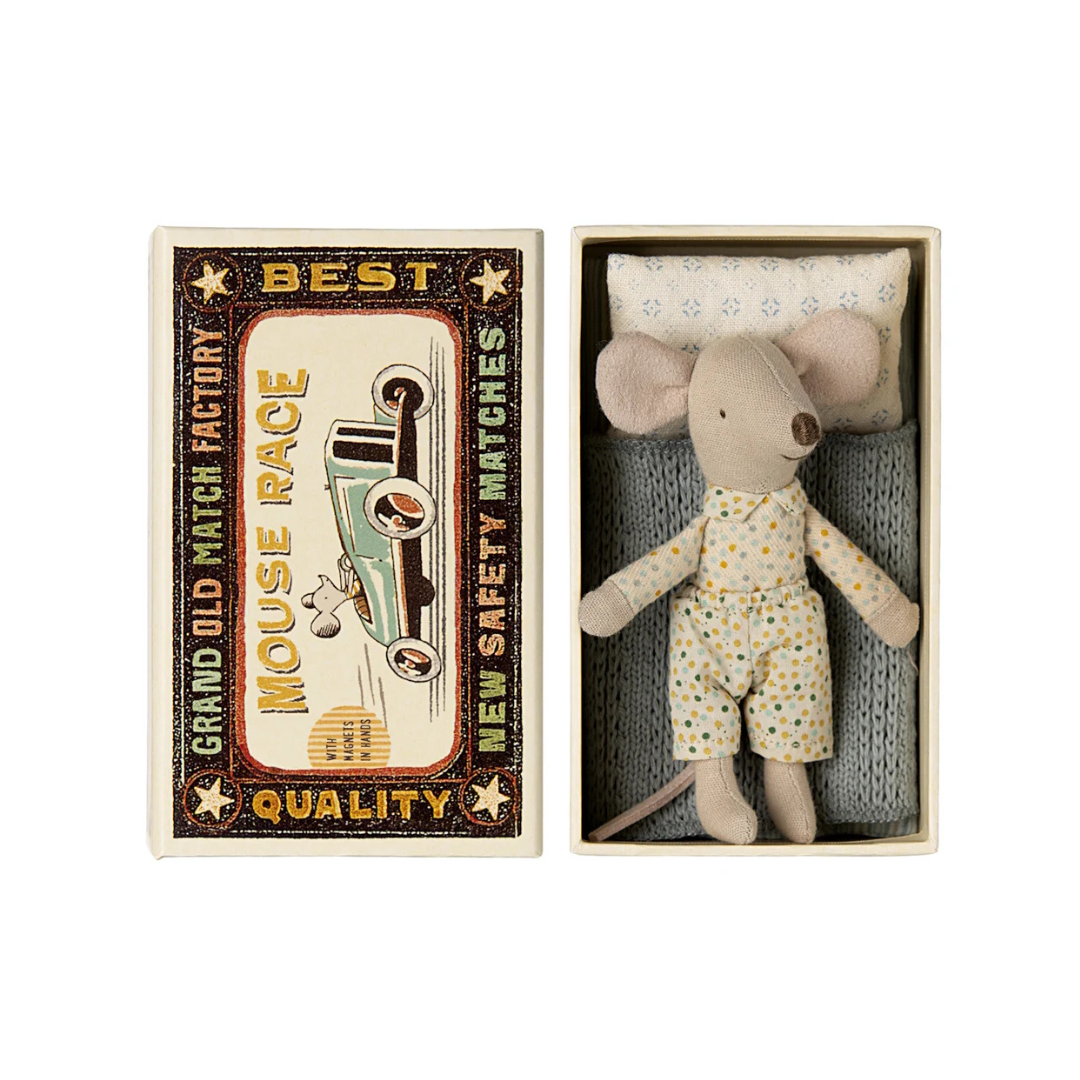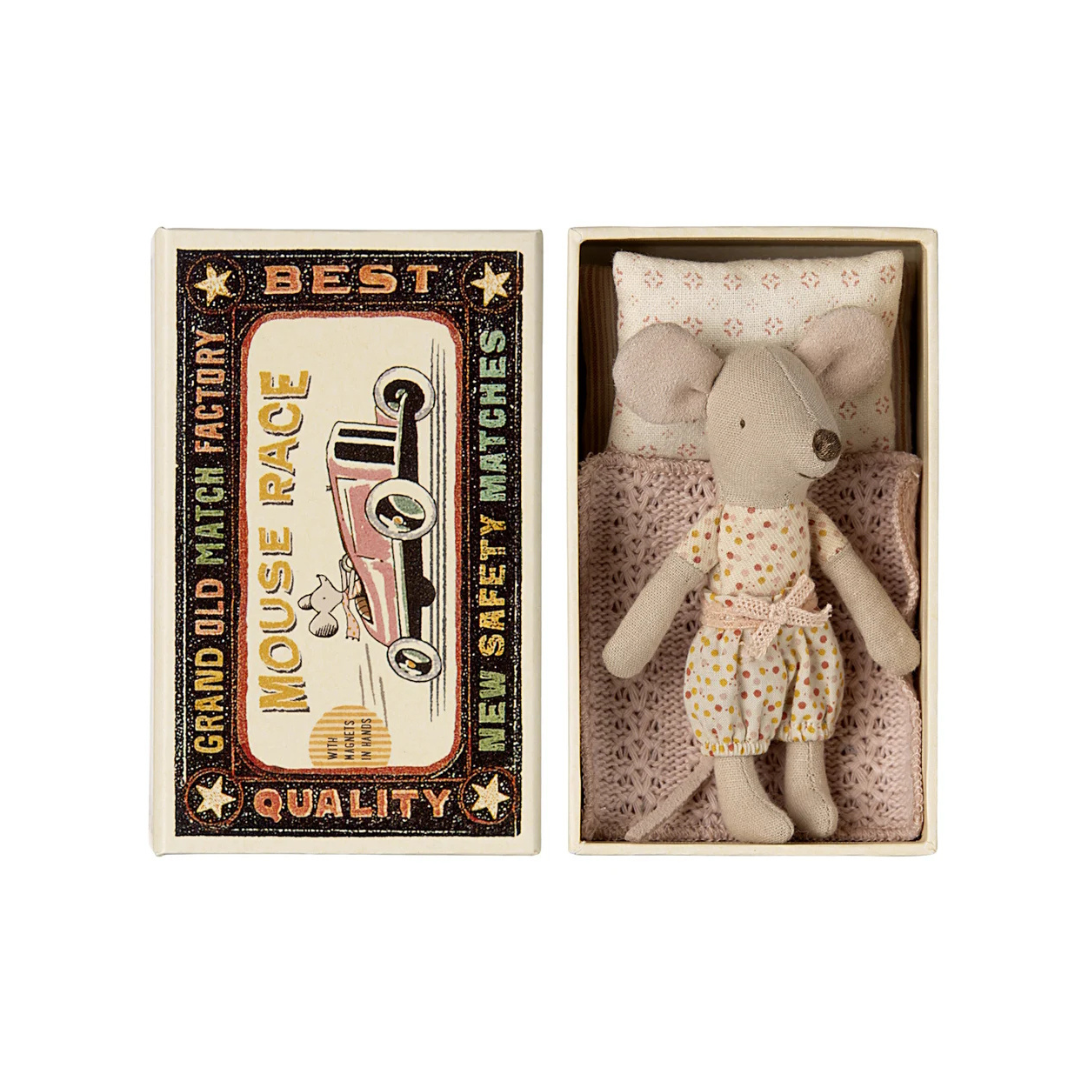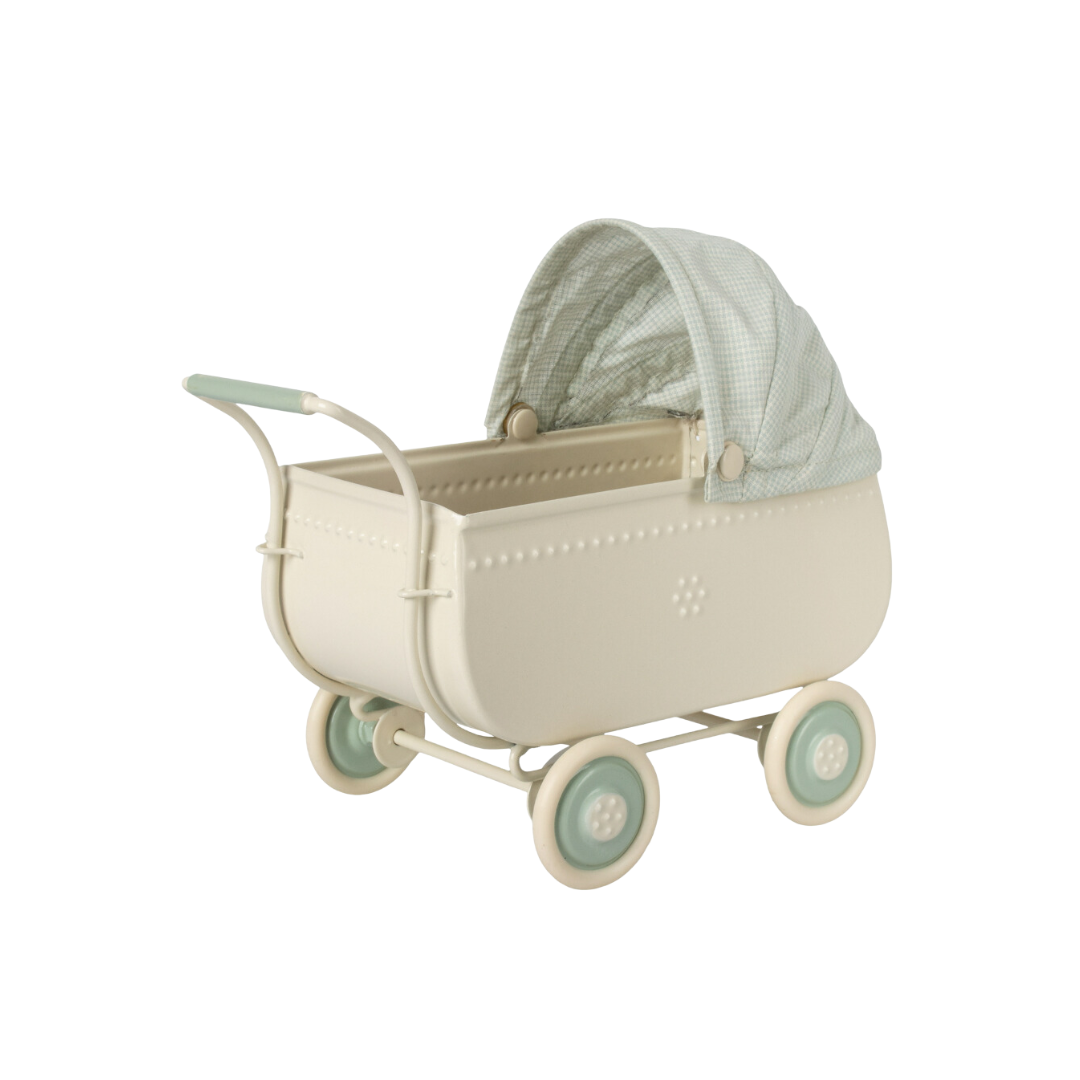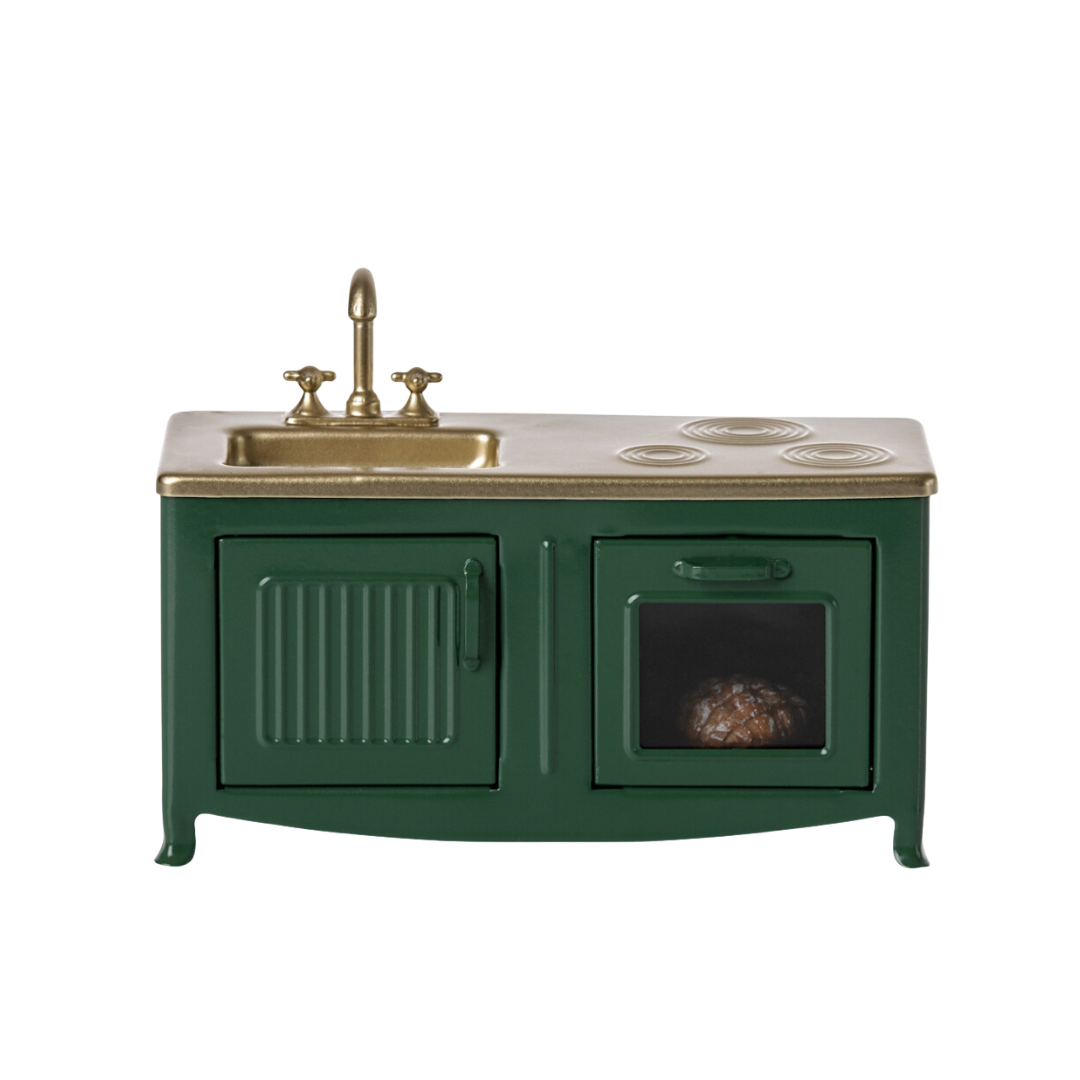Traditional Toys from The Vintage Toy Box
We want boys and girls to enjoy their toys,
With festive times filled with oodles of joy,
So this year give them delights in their socks,
And get your toys at The Vintage Toy Box!
We have gifts all children will love,
Inside our magnificent treasure trove,
We have so many aisles to come and explore,
With toys and games and so much more.
With so many different kinds of toys,
For little girls and little boys,
From circus to rockets and dinosaurs too,
Oh that would be a hullabaloo!
It's the spirit of Christmas we all desire,
A sense of nostalgia that takes us higher,
Traditional toys are the kind to buy;
So come on in and give them a try.
When we compare gifts of our modern day,
With simple toys that are fun to play,
You'll see they last longer than most toys now,
Developing more creativity than time will allow.
We want boys and girls to enjoy their toys,
With festive times filled with oodles of joy,
So this year give them delights in their socks,
And get your toys at The Vintage Toy Box!
Classic Toys | Tin Toys - A Step Back Through Time
Some of the most collectible toys in the world are old tin toys. Tin toys are made out of tinplate and often motorised and colourfully painted to resemble characters or vehicles, such as toy trains, cars, and other motorised vehicles.
Some of the most collectible toys in the world are old tin toys. Tin toys are made out of tinplate and often motorised and colourfully painted to resemble characters or vehicles, such as toy trains, cars, and other motorised vehicles.
Many of the early tinplate toy makers were based in Germany with companies such as Bing & Schoenner and Issmayer being leaders in their industry in the 1860s through to the early 1900s.
Germany remained the major producer of tin toys into the early 20th century. The most famous manufacturer being Ernst Paul Lehmann, who produced such wonderful tin toys in Brandenberg, Germany from the 1880s to the 1930s. Lehmann today has a worldwide following of avid Lehmann tin toy collectors who often collaborate to track down rare toys from his vast collection.
France and England soon jumped onto the production of these popular toys, leading to a surge in what would become known as the “Penny Toy”, with thousands of tin toys flooding the market.
Production of tin toys in the United States only boomed much later, and it wasn’t until after World War I, when consumers were less enthusiastic about buying German products that the US found its way. Production soon however overtook that of their European counterparts, with cheap & plentiful resources contributing towards more favourable manufacturing costs.
Louis Marx & Company was the largest American tin toy manufacturer during this era, operating from 1919 to 1978. Marx produced a huge number of tin toy designs, producing enormous amounts to keep prices down. The company produced so many designs that the toys themselves were often imprinted with the slogan, "One of the many Marx toys, have you all of them?". Toys included tinplate buildings, tin toys, tin soldiers, play sets, toy dinosaurs, mechanical toys, toy guns, action figures, dolls, doll houses, toy cars and trucks, and trains.
Due to the re-allocation of resources, the production of tin toys ceased during World War II, and many toy manufacturing factories were taken over for arms and munitions manufacture. Many shut down permanently and never went back into business after the war. Japan began producing enormous number of tin toys, and due to reduced competition in Europe soon became the world leader in tin toy manufacturing.
TOYS & GAMES DURING WORLD WAR II
A toy's appeal lies in the form and shape, the beauty of line, the colour and detail, the charm of miniaturization, and the humour of caricature.
Toys and games have always reflected the attitudes, humour, and imagination of the culture and times that created them.
As toy historians Athelstan and Kathleen Spilhaus wrote, "A toy's appeal lies in the form and shape, the beauty of line, the colour and detail, the charm of miniaturization, and the humour of caricature. Some toys amuse us with their jerky antics; others add beauty to our lives with their grace and rhythm. Many do things we can't do in real life, thereby keeping us in touch with fantasy."
During WW2, children played many different games, both in groups and individually. Children commonly played Hopscotch, Four Square, Jump Rope, Chess etc. together, as well as all types of ball games. Young children loved to play jacks, marbles, play school and house, and played with cars or dolls. Kids in the neighbourhood loved playing games out on the street such as, "Red, Light, Green, Light", "Red Rover", "Hide and Seek", "Statutes" and many other games.
Board games were popular like Monopoly, Scrabble, Life, Checkers, Chess, Backgammon, Chinese Checkers, and Dominoes. Cards were a really big hit - Fish, Concentration, Crazy Eights, Hearts, and if old enough, Canasta, Gin Rummy, Solitaire, Slap Jack, War and 21. There were also games played in the water such as Marco Polo, dive bomb and water ballet. Children played for hours because they did not have video games or television. More often than not they made up their own games too.
In the evening children played cards, Chutes and Ladders (which is similar to Snakes and Ladders), Candy Land and Checkers. The boys enjoyed playing with army figures and the girls on the other hand liked the brand new Barbie doll. During the war, families were short of money so only the rich children had toys. Other children may have had a football and maybe if lucky, a couple of marbles.
Life wasn't all fun and games though, children still had to go to school, though some schools moved from the towns to the country. As well as ordinary lessons children learned air raid drills, leaving classrooms when the sirens sounded to go to air raid shelters. To raise money for the 'war effort', schools started 'Spitfire Funds' and National Savings Groups. More than 6,000 school savings groups started in 1940. Children saved money each week, instead of spending their pocket money on toys.
Most children left school at 14 (in 1944 the school leaving age was raised to 15). From school, most young people went to work. Only a few went to university. They could join the forces in 16. At 18 most young people knew they would be 'called up' (conscripted) for the Forces or for war work in factories, farms or coal mines. In 1945 German boys as young as 10 and 11 took part in fighting during the last weeks of the war.
At home, children listened to the radio. For many, their favourite programme was the teatime 'Children's Hour'. Children listened to music and comedy shows too, though perhaps not to the 'Radio Doctor' telling people how to stay healthy. People played records on a gramophone. Records in those days were black shiny discs, easily broken. At the cinema ('the pictures') you usually saw two films, or a cartoon and a film. There were Saturday morning film clubs for children.
Many toy factories were now making guns or plane parts or other war equipment, so there was a shortage of new toys. Children swapped old toys at 'toy-exchanges'. Many wartime toys were made of paper or card, because rubber, plastics, wood and metal were needed for the war. Lots of toys had a war theme. There were toy planes, toy tanks and toy battleships to float in the bath, there were books such as the 'ABC of Airplane Spotting', card games with pictures of soldiers and sailors, and a darts game with a picture of Hitler as the bull’s-eye to throw at.
Most children though made their own toys. Many children played with a small motorbike wheel, and a stick, holding races along the streets. They also made their own trolleys with pram wheels which they used to run in the streets, which were fairly safe back then as there was so little traffic. Most of the children used to collect soldiers & cap badges, the German ones were the most popular.
Toy manufacturers had to come up with creative ways to continue production. Paper dolls, puzzles, and games increased in popularity thanks to their widespread availability. Toys, board games, and hobby sets with military and war motifs also became standard playthings. Ingenuity developed out of necessity. For example, Lionel Corporation, famous for its trains, produced military items such as compasses during the war. However, in an effort to stay connected with its toy customers, Lionel created the Wartime Freight Train made entirely out of heavy-duty paper stock. It wasn’t the same as a Lionel electric train, but it was the best the company could offer under these circumstances.
The outbreak of World War II not only stumped the European toy industry, but also that in America. US metal was rationed and toys were placed on a list of unnecessary goods. A number of manufacturers including Daisy Outdoor Products and the Smethport Specialty Company were suddenly prohibited from making play items from their factories. Many toy companies were forced out of business. Others were retooled and enlisted by the government. Buddy “L” Hubley, Strombecker and the Louis Marx Company were among many large American companies that went from making children’s products to military supplies during the 1940s, and many, sadly, never found their way back.
Traditional and Classic Wooden Toys
Even though we live in a digital age full of electronic toys, there is still a big place for traditional toys in our kid’s lives. It is after all the simplest of toys that help develop children's mental and physical abilities.
Our world is ever changing, but one thing that hasn't changed over the centuries is the fact that children love to play.
Even though we live in a digital age full of electronic toys, there is still a big place for traditional toys in our kid’s lives. It is after all the simplest of toys that help develop children's mental and physical abilities.
This is especially true when it comes to traditional wooden toys. These toys may appear inferior when compared to the big, bright electronic toys, but the undeniable fact is, they bring so many educational benefits to children. For instance, traditional wooden toys can unleash the creativity and imagination of children - they have to work harder for a "reward", they need to utilise their own imagination instead of receiving instant gratification in the form of a flashing light, a movement or a sound. This helps their story telling abilities, their motor neurone skills and their social skills.
Wooden toys are highly durable and can be passed down from generation to generation, evoking precious memories. They often become family heirlooms, whereas electronic toys eventually find themselves in landfill.
Wooden toys are generally much safer compared to plastic toys, not just for the child, but also for the environment, as their manufacture does not release harmful toxins and pollutants into the atmosphere. Traditional wooden toys are great for the environment because they are all-natural and recyclable.
You can choose from a wide range of traditional wooden toys. Some of the most popular toys over the decades are highlighted below.
One of the most long standing and simplest wooden toys is a yo-yo. Yo-yos were first used in ancient Greece more than 2500 years ago. They became a real hit in the 1920s in America and are still one of the most used traditional toys. Even though they can be made from different materials, a wooden yo-yo is the best choice you can make. These toys are challenging, fun and relatively cheap - children can buy them with their own pocket money. Users can use yo-yos in a basic manner, but they can also learn a wide range of tricks. Yo- yos are a really popular toy in the playground, with generations of children holding trick competitions with each other.
Another long standing wooden toy is a pop pop gun. This toy gun was first created by Edward Lewis in the late 19th century. The simple wooden gun uses air pressure to pop a projectile that usually comes in the form of foam or cork. This gun is totally harmless, but very entertaining for children. Of course, over the years, people have created many different models, but the wooden one remains the most popular.
Both girls and boys still love playing with wooden boats. Some of these traditional wooden boats have moving parts and are built to represent real boats. They are designed in a way which allows for their use in water. Wooden boats for us conjure up beautiful images of lakeside picnics and parasols from a bygone era.
Of course, wooden boat toys are not the only type of vehicle made from wood and still used as popular toys - we have wooden trucks, wooden trains, wooden cars, wooden planes - the list goes on.
If you are looking for a great educational toy then you can’t go wrong with an abacus. An abacus is a traditional wooden toy used for basic math problems and counting. This toy and educational tool has been used since ancient times (circa 2500 B.C.) and this is how most children in the past learned how to count and do simple arithmetic.
Young children certainly love wooden pull-along toys. They have been used for decades. Most of these toys originally came in the form of a duck which produced funny noises when pulled. Today, you can find wooden pull-along toys in different forms – lions, crocodiles, cows, dogs and even dinosaurs! We're only limited by our own imaginations.
These are only some of the most popular traditional wooden toys you can still find in toy boxes and toy shops today. As you can see they are still just as popular, useful and loved by children. Wooden toys are timeless toys.
Classic toys from the 1950s, 60s, 70s & 80s
The 'good old days' were a lot of fun for kids. In the past, children had more engagement with their toys than they do today, and they formed a longer attachment.
The 'good old days' were a lot of fun for kids. In the past, children had more engagement with their toys than they do today, and they formed a longer attachment. There weren't countless number of toys to choose from and to play with. Children bonded with their toys, and allowed their imagination to take over in their creative play. This article gives a quick glance at those toys from the 1950s to the 1980s which have created wonderful memories for kids throughout the decades.
The 1950s saw a surge of toys in the market, as post war indulgence changed the way that people spent. Tin toy cars flooded the market (Dinky & Matchbox), along with friction cars, Tonka trucks, kitchen sets, Tiny Tears dolls, Hula hoop, Barbie and farm equipment. These toys are the essence of vintage toys and all to this day still remain. Most have evolved over time, but their timeless, classic design still ensures that generations of children still love to play with them.
A large number of toys which were introduced back in the 1960s are still also around today. The 1960s heralded a golden era for toys, with bigger families, and more disposable income paving the way for greater choice and variety. If you take a close look at toys available in the 60s and 70s, you will not see a great deal of difference between the offerings. The toys were quite similar and still hold great enjoyment for the next generations of kids.
A few toys and games like Ker-Plunk, Twister, Etch A Sketch, Slip 'n' Slide, Rubik's Cube, Spirograph and G.I. Joe can still be found in children's toy boxes and toy stores now.
Another major influence on toys was the introduction of TV into people's homes. Toy manufacturers realised that they could theme toys on popular TV shows, and the toys would fly of the shelves. The batman comic books became hugely popular and batman-themed toys started filling the shelves of toy stores. This was a huge profit making game-changer for all the toy makers.
As time moved on, and families had more disposable income & greater spending power, toy manufacturers had to start thinking outside the box if they wanted to increase their sales.
To make things a bit more fun and exciting for the kids, toy manufacturers started introducing electricity into toys, and a whole other world of new, innovative toys came into being with the dawn of electronics. Toys would never be the same again. Every Christmas, we now see the release of the newest, biggest, flashiest toy. In amongst all of these toys though, and still standing the test of time, are the classic toys from the 1950s, 1960s, 1970s & 1980s.
These toys and games passed on from decades before are still famous, popular and loved even now. Grandparents give the retro toys to their grandchildren, and watch with delight as the children play. Old memories flooding back of the joy that they themselves used to feel playing with the same toys when they were young.
There's nothing like playing with an old toy to bring back happy memories.
Classic Retro Toys
The first thought that often comes to mind on hearing the phrase retro toys is that they no longer exist anymore – that they are toys of yesteryear. This however is far from true.
Classic retro toys are still loved by kids of today!
The first thought that often comes to mind on hearing the phrase retro toys is that they no longer exist anymore – that they are toys of yesteryear. This however is far from true. They have become a lifeline for many kids in today’s generation, and likely will be for every generation to come. The distinctive reasons as to why these toys are still so popular are that these toys provide excellent quality entertainment, are built to last, involve simple concepts, encourage the imagination, and since they are low technology, they are very easy to use.
Retro toys are a creative outlet for many kids in today’s modern, busy world.
The toys of modern day are built to be disposed, in our throwaway plastic society – the noisier, the faster, the brighter, the better. But this comes with a great cost, to society, to the land, to the air that we breathe, to future generations. Toys are no longer durable and designed to be passed down from generation to generation. Classic, traditional toys stand the test of time, and are a wonderful way to conjure up old memories. They are one of the most fun ways of remembering past days of your own childhood.
Here are a few classic retro toys which have stood the test of time.
Marbles
This is a classic game which is still going strong today. It can be best played when a group of friends get together to have marble competitions. It is one of the best ways to build your child’s hand-eye co-ordination and turn-taking skills. The game never gets old. Basically, it consists of a collection of round coloured glass beads. So simple!
Yo-yo
These are one of the most classic retro toys which are loved by kids of all ages. They are easy to play with and are great fun. The toy contains an axle which connects two disks and a long length of string which is looped around the axle. You have to throw the yo-yo, spin and unwind the string and again look it back in its previous form. Hours of fun, and so many tricks that can be performed.
Frisbee
It is one of the best toys for kids to get engaged in some sort of physical activity. This game can be played for hours in the back yard, on the beach or on a camping trip with friends & family. This toy has never gone out of favour over the decades.
Matchbox & Dinky cars
These retro collections of cars and trucks are one of the biggest hits among kids. Children have been drawn to these collections for decades. If you present your child with anything from these collections, they are sure to love it, and you will see them spending most of theirs time with those set of wheels.
If you want to surprise your kids with a gift, retro toys are the best way to go about it.
Winner of our Massive Board Games Hamper Prize
Massive congratulation to one lucky winner for taking home the prize in our recent featured completion on the Inner West Mum's website.
Massive congratulation to one lucky winner for taking home the prize in our recent featured completion on the Inner West Mum's website.
Congratulations go to the lucky winner Pamela Bonney for winning our huge games hamper, packed to the brim with some fabulous vintage games & retro toys. Just in time for Christmas! We hope your family has a wonderful festive season Pamela, with some lovely family game time.
Well done! :)
Thank you to all of the participants in the competition - we loved reading all about your favourite childhood toys and wonderful childhood memories of yesteryear. It brought back a lot of memories of our own!
Getting to know The Vintage Toy Box - a Traditional Toy Shop with a Classic Twist
We are delighted to be featured as this month's featured business on the Inner West Mum's website.
We were recently interviewed by the lovely Sasha from IWMs about how The Vintage Toy Box came about, and were happy to share our story.
Check out the full article here:
http://theinnerwestmums.com.au/getting-to-know-the-vintage-toy-box/
Full credit to the wonderful Amber Kelly too from The Keepsaker (www.thekeepsaker.com.au) for her beautiful photo! Thanks Amber!
Our Partner Motique - Gits & Games for Men
Visit our partner site Motique at http://www.motique.com.au and check out their awesome range of gifts and games for the gentlemen in your lives!
Visit our partner site Motique at http://www.motique.com.au and check out their awesome range of gifts and games for the gentlemen in your lives!








